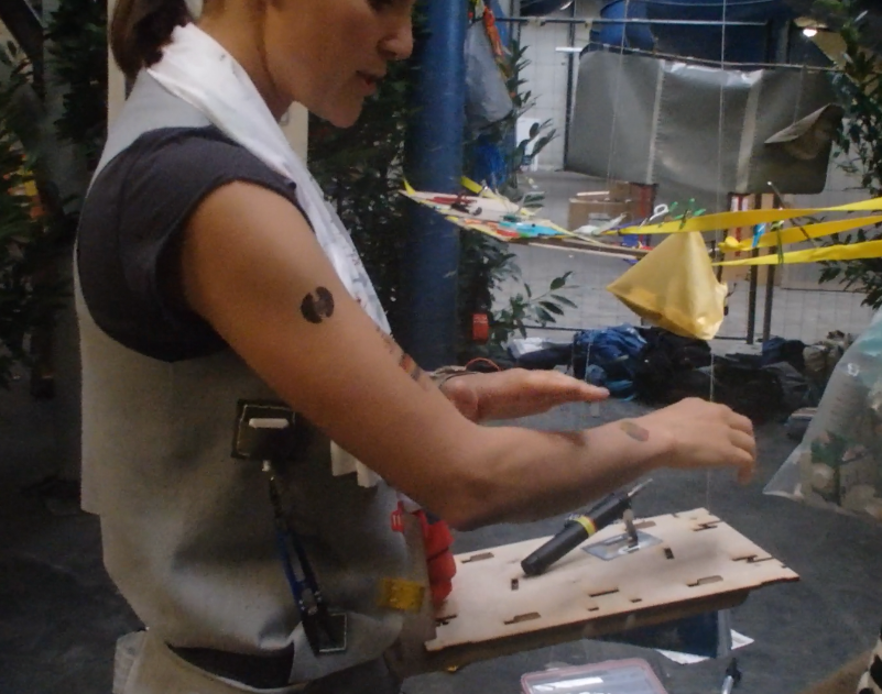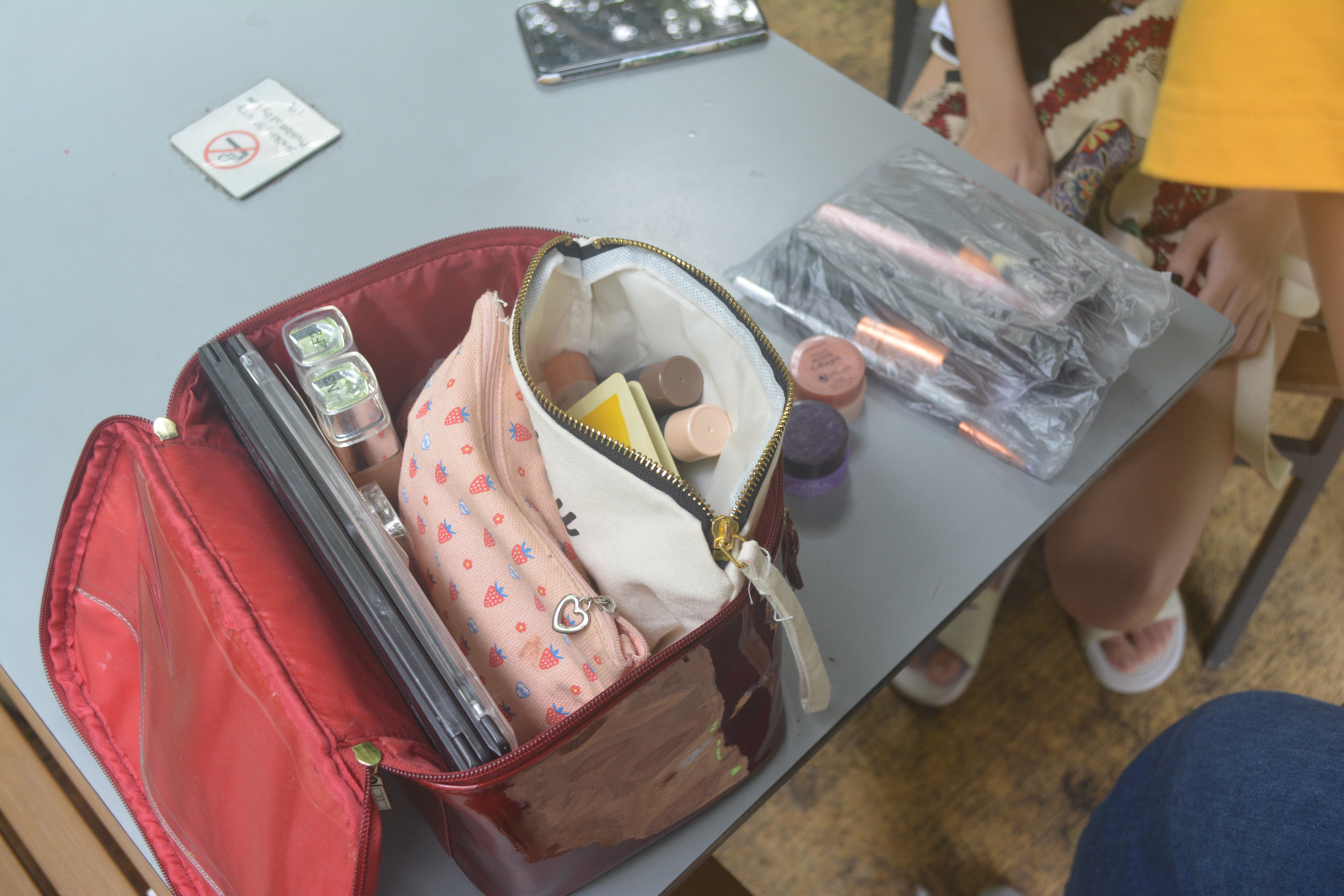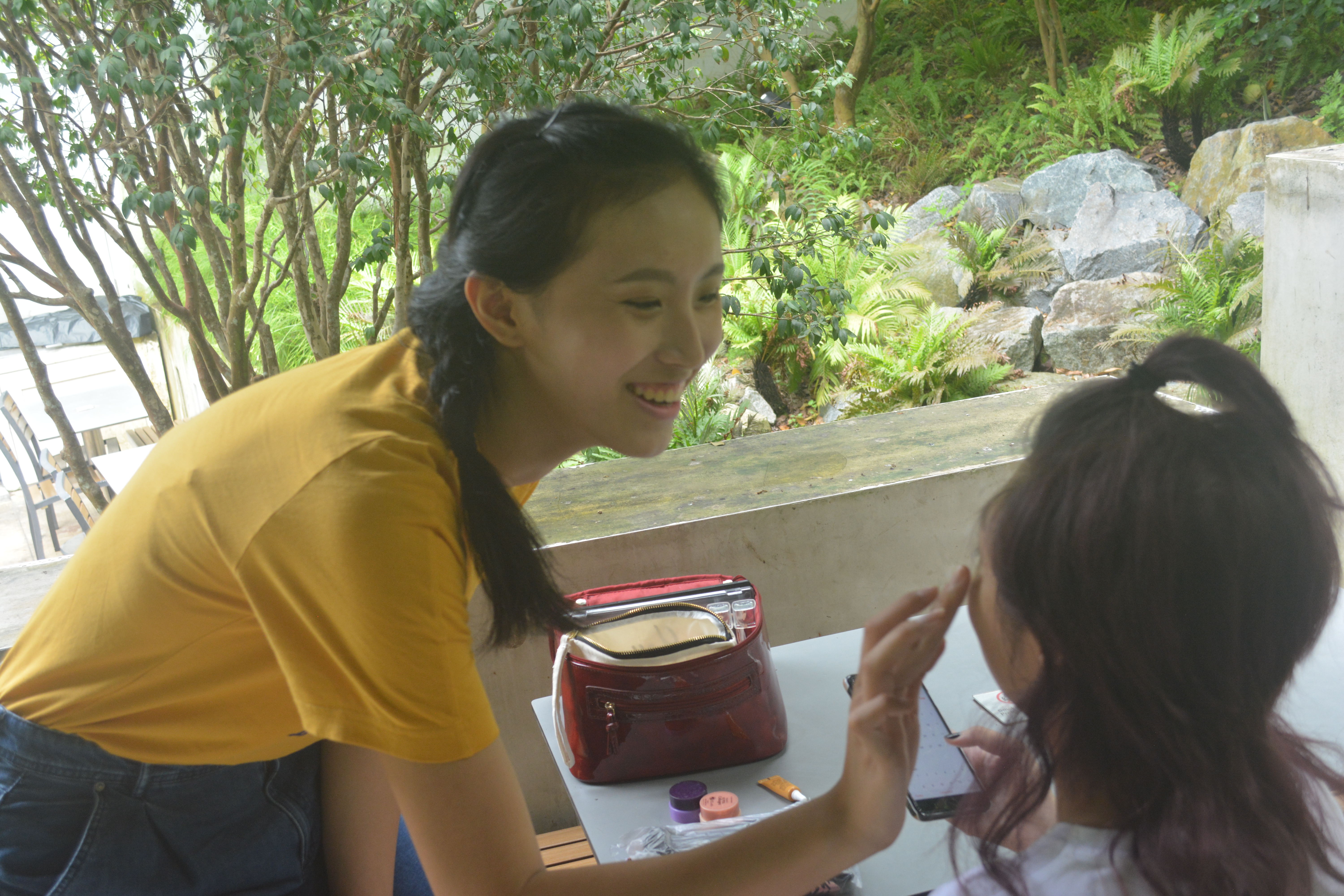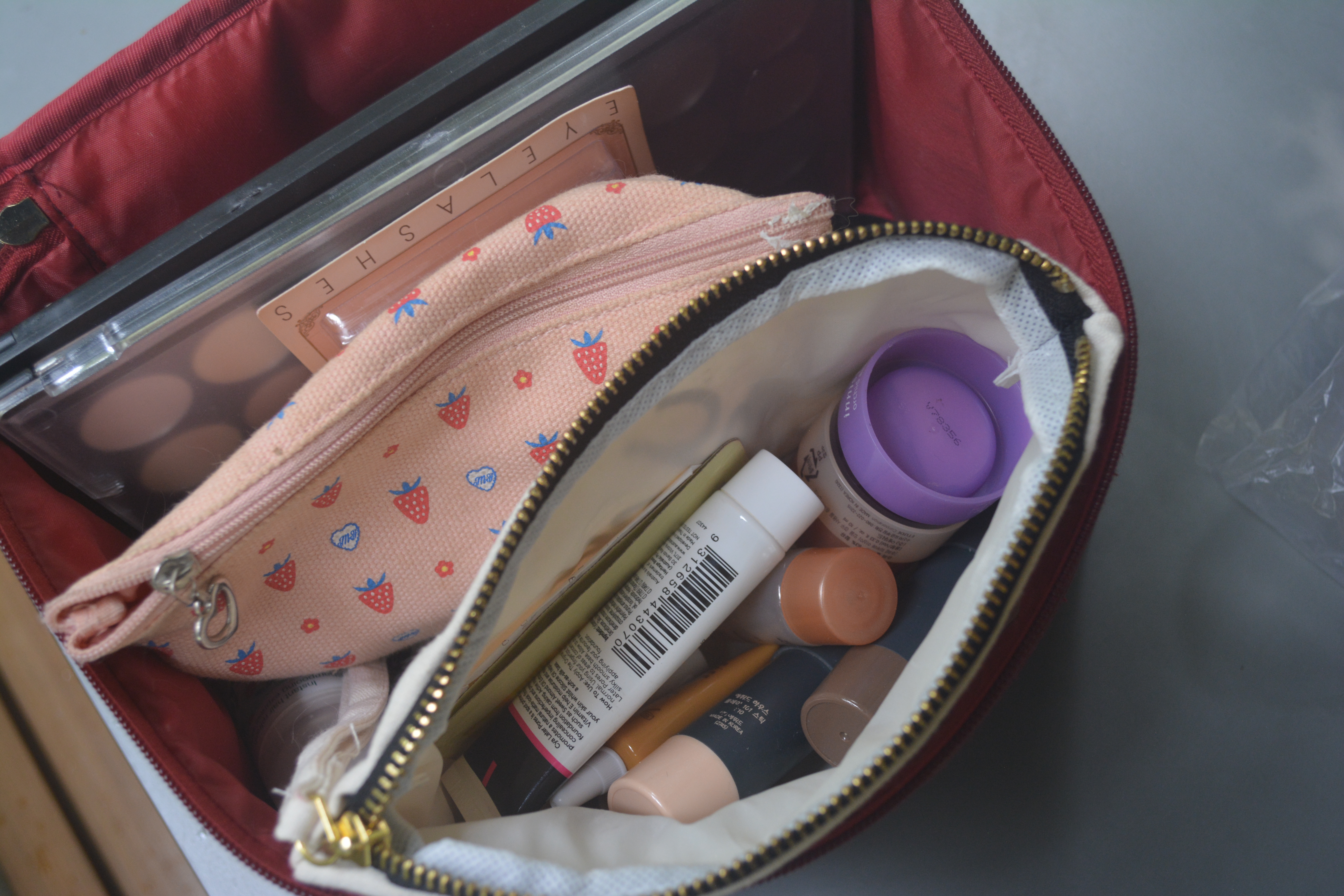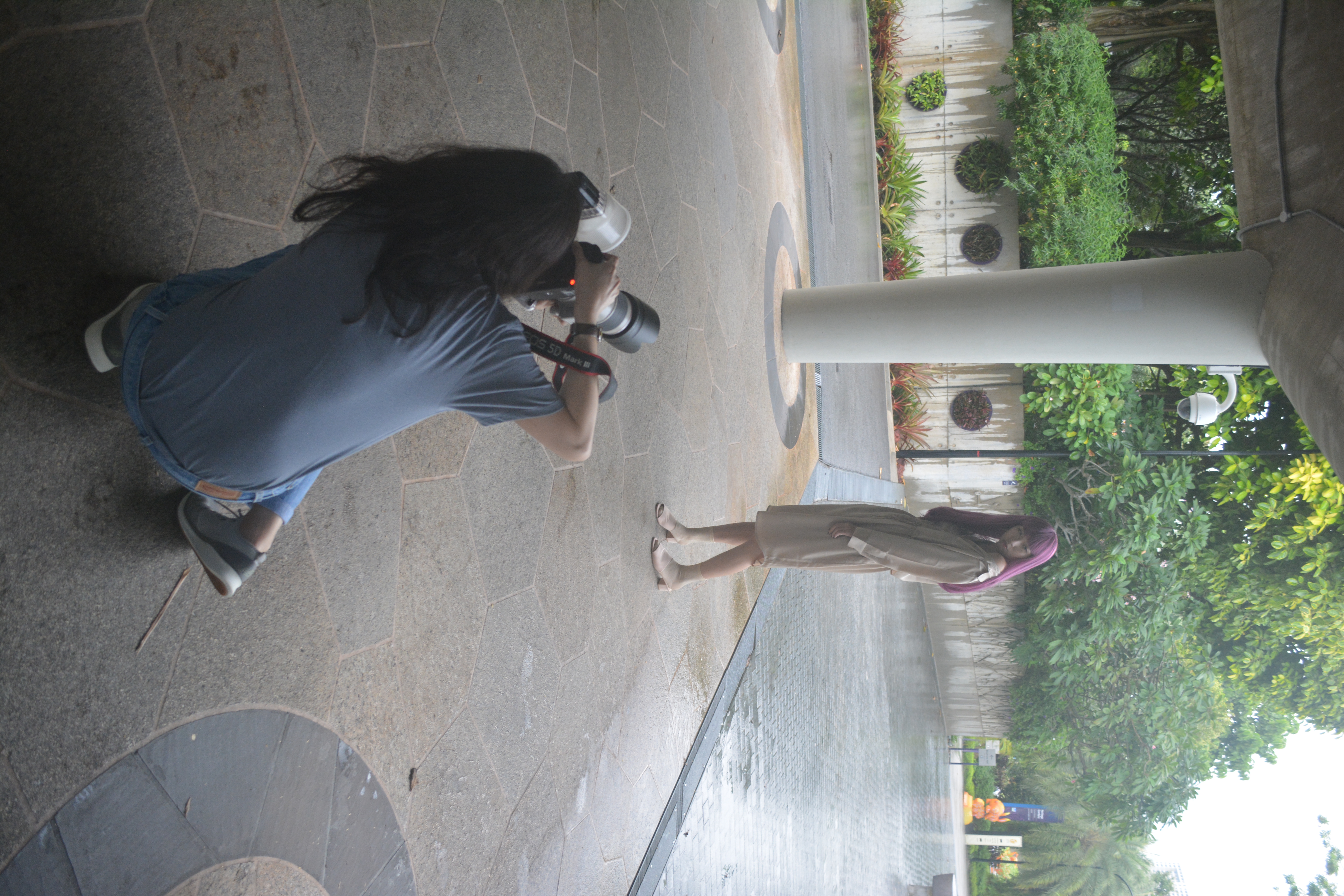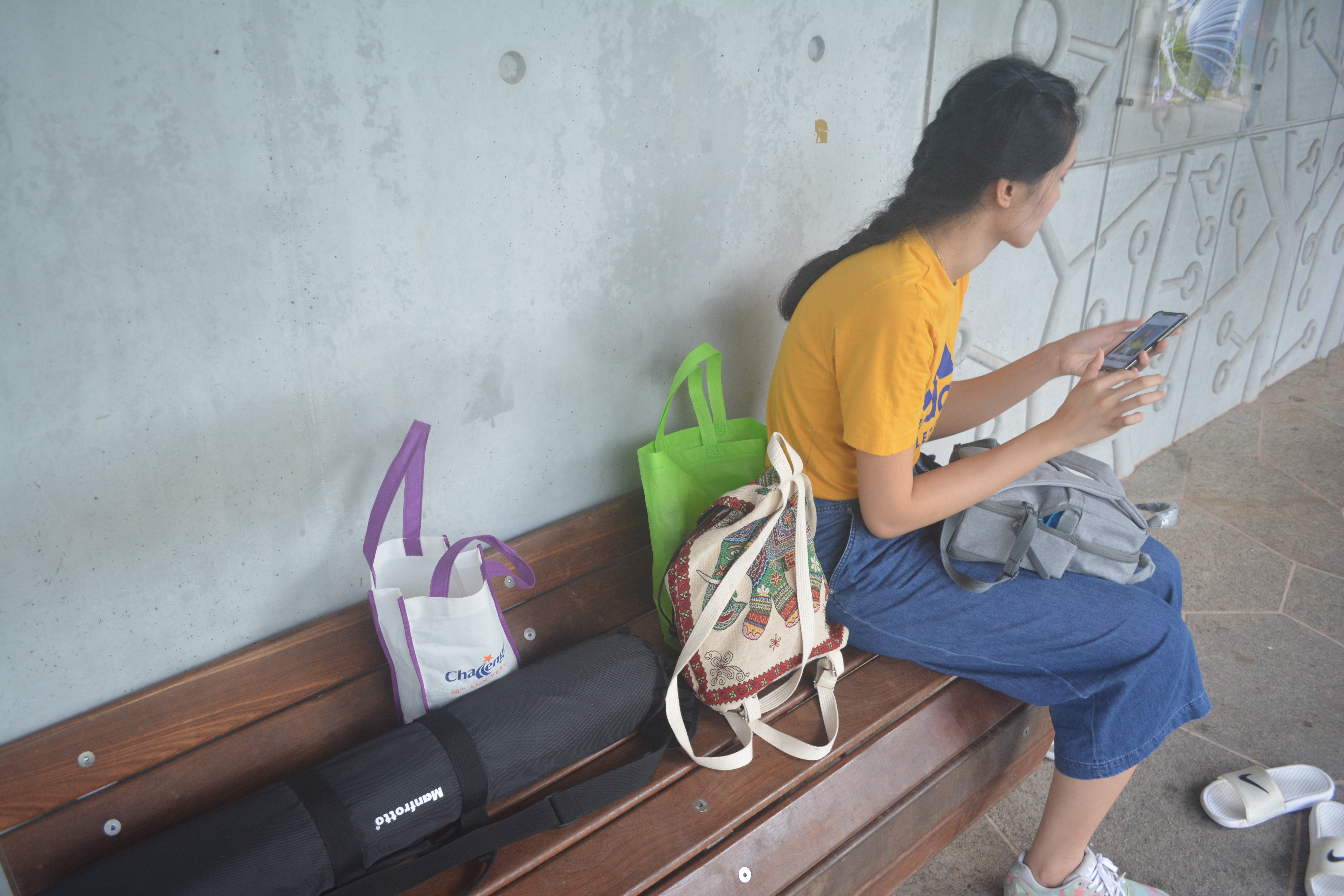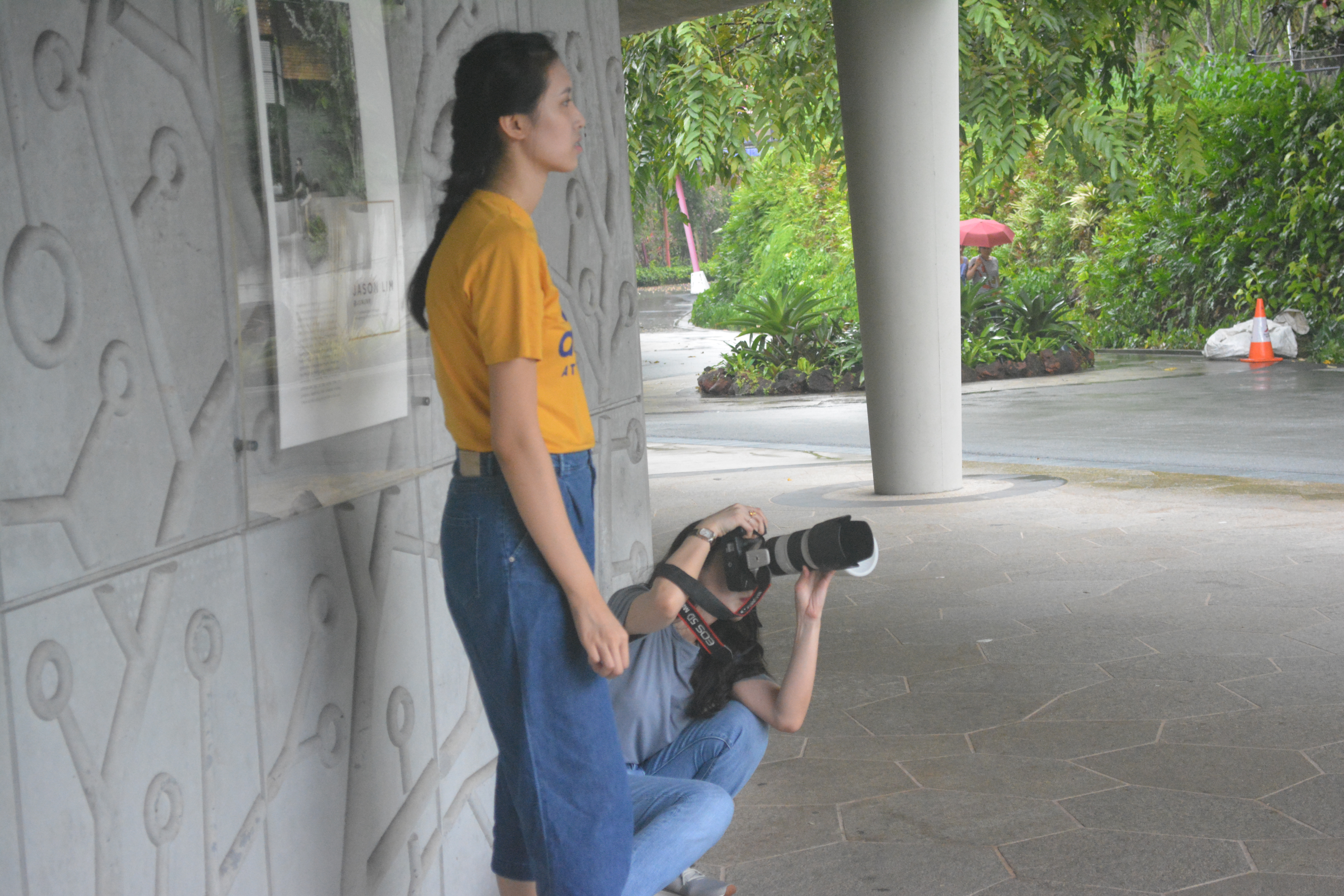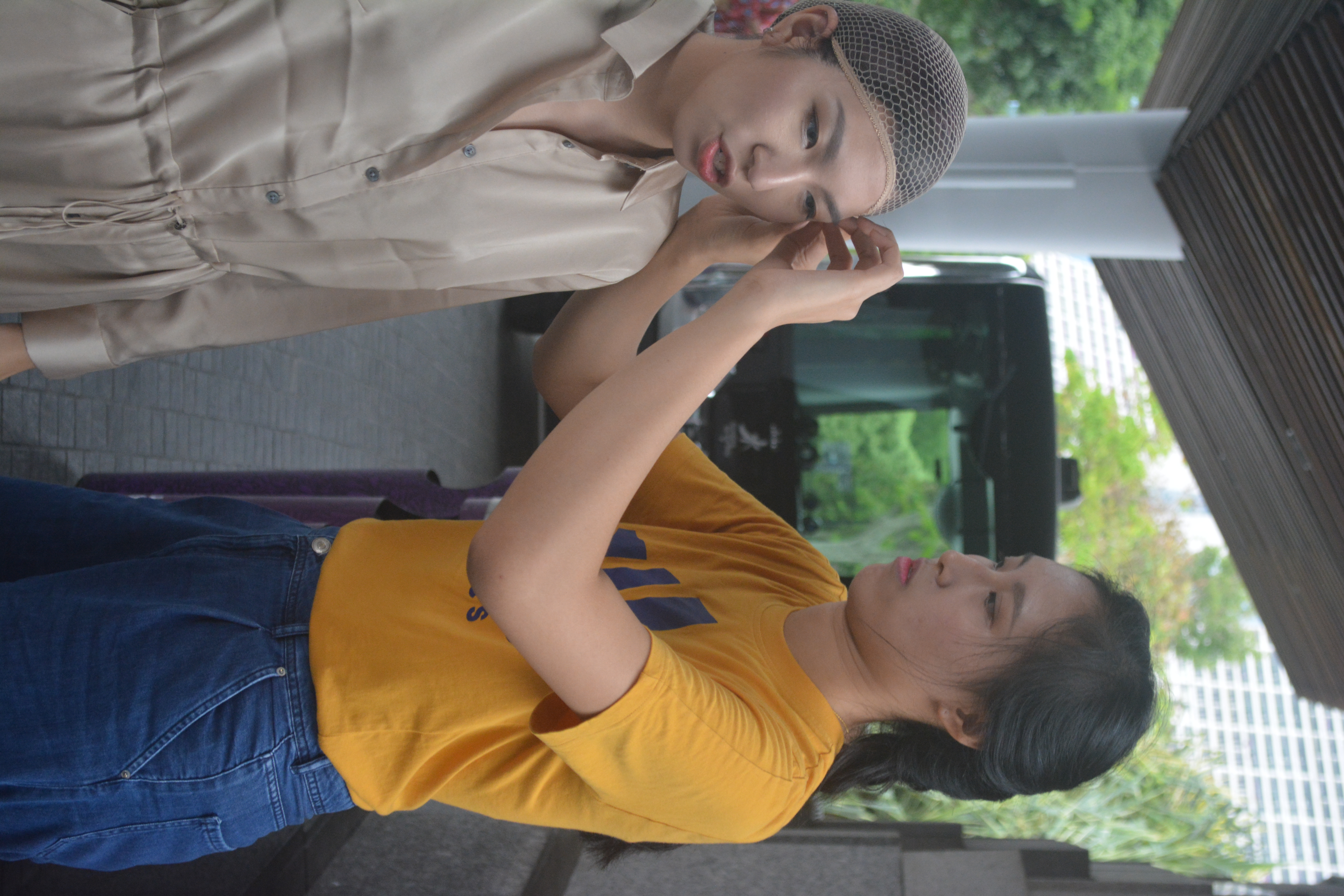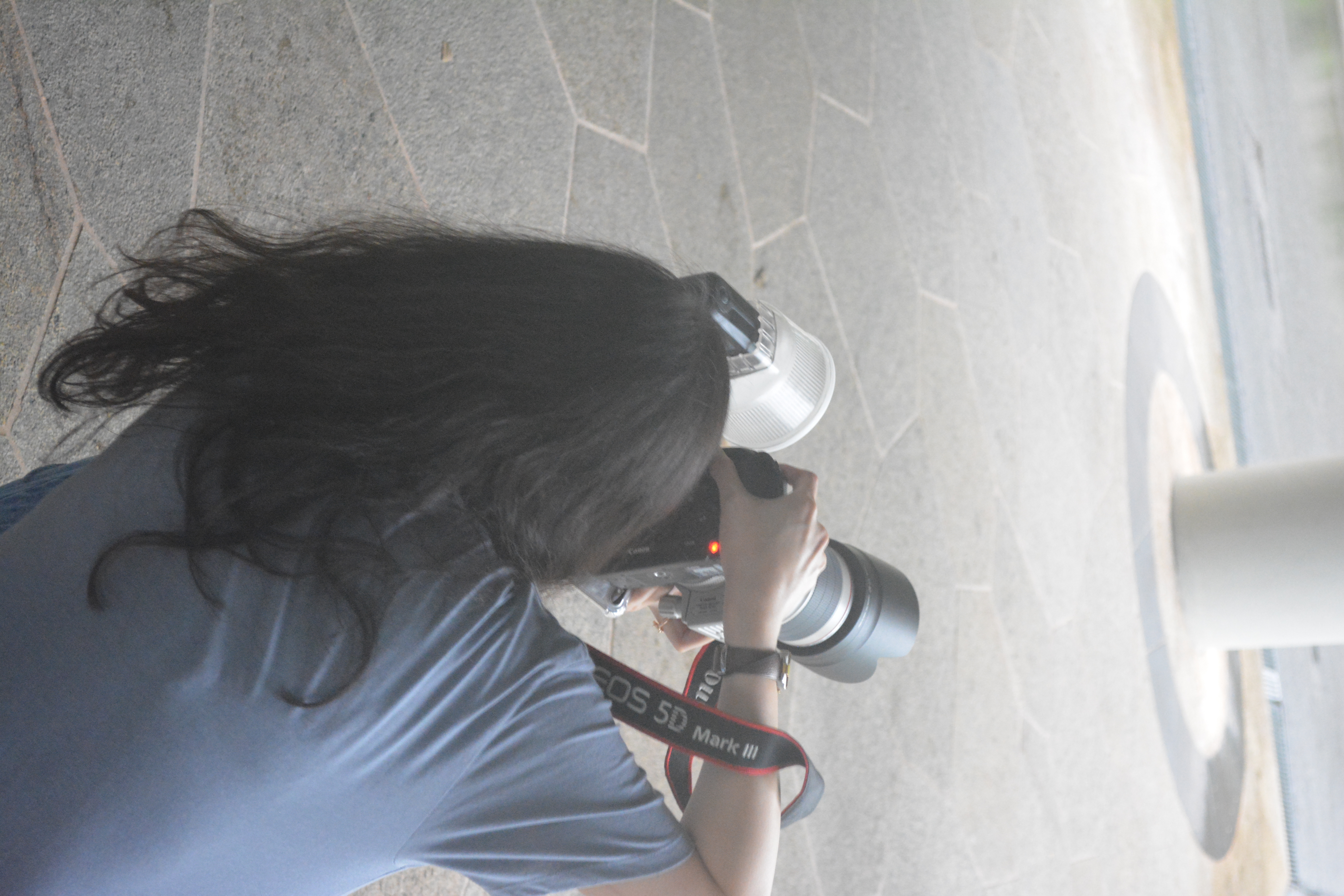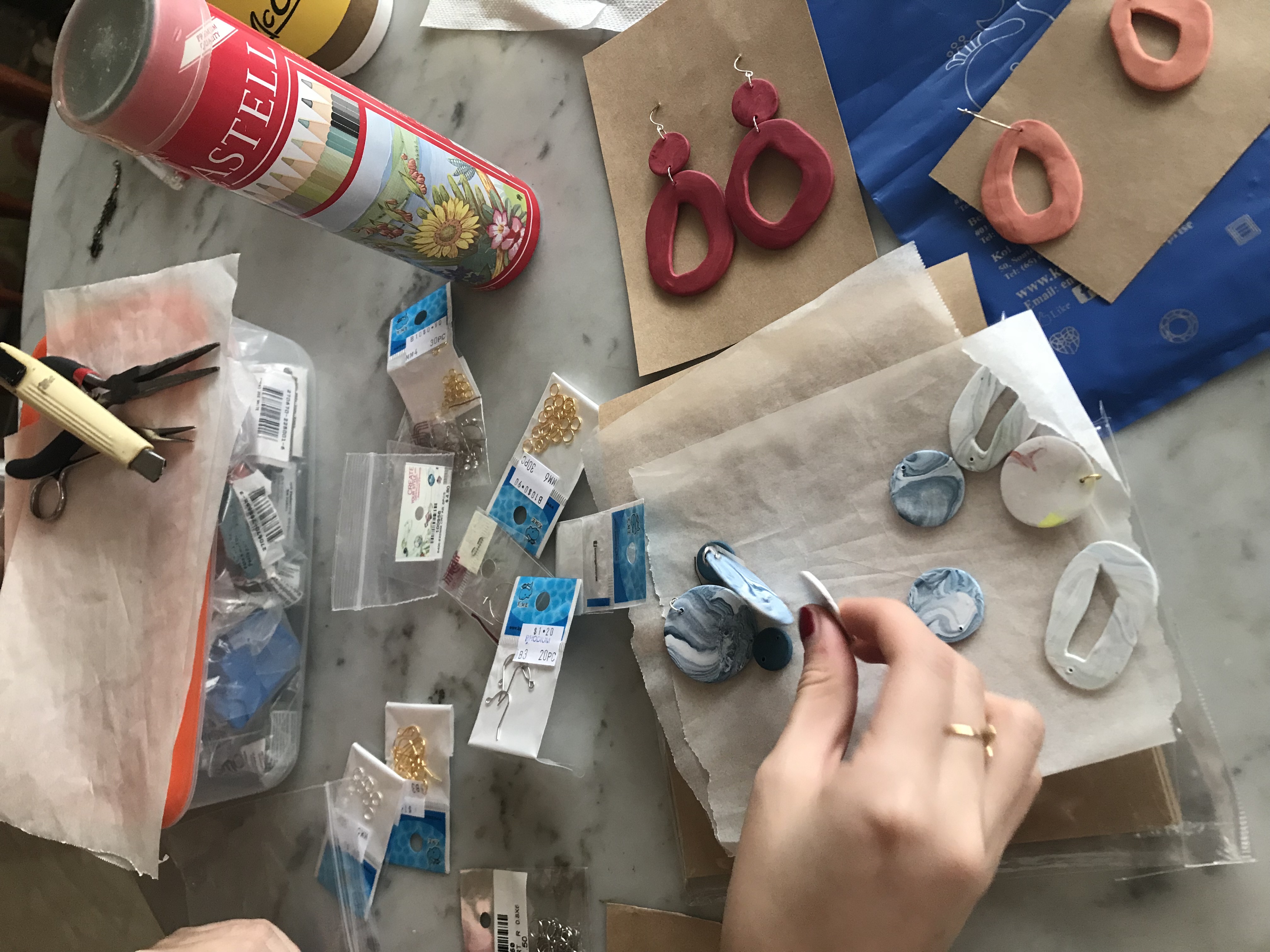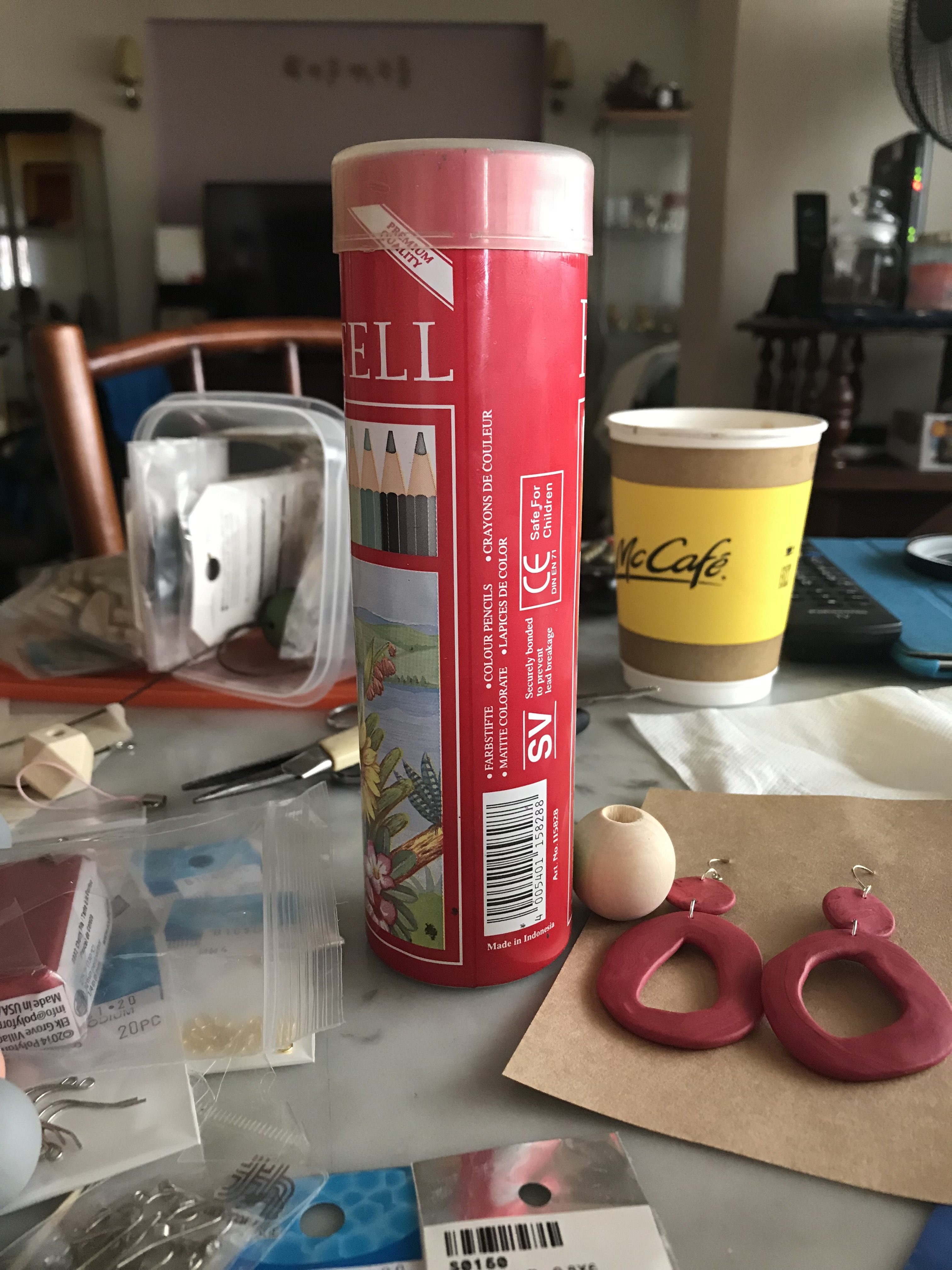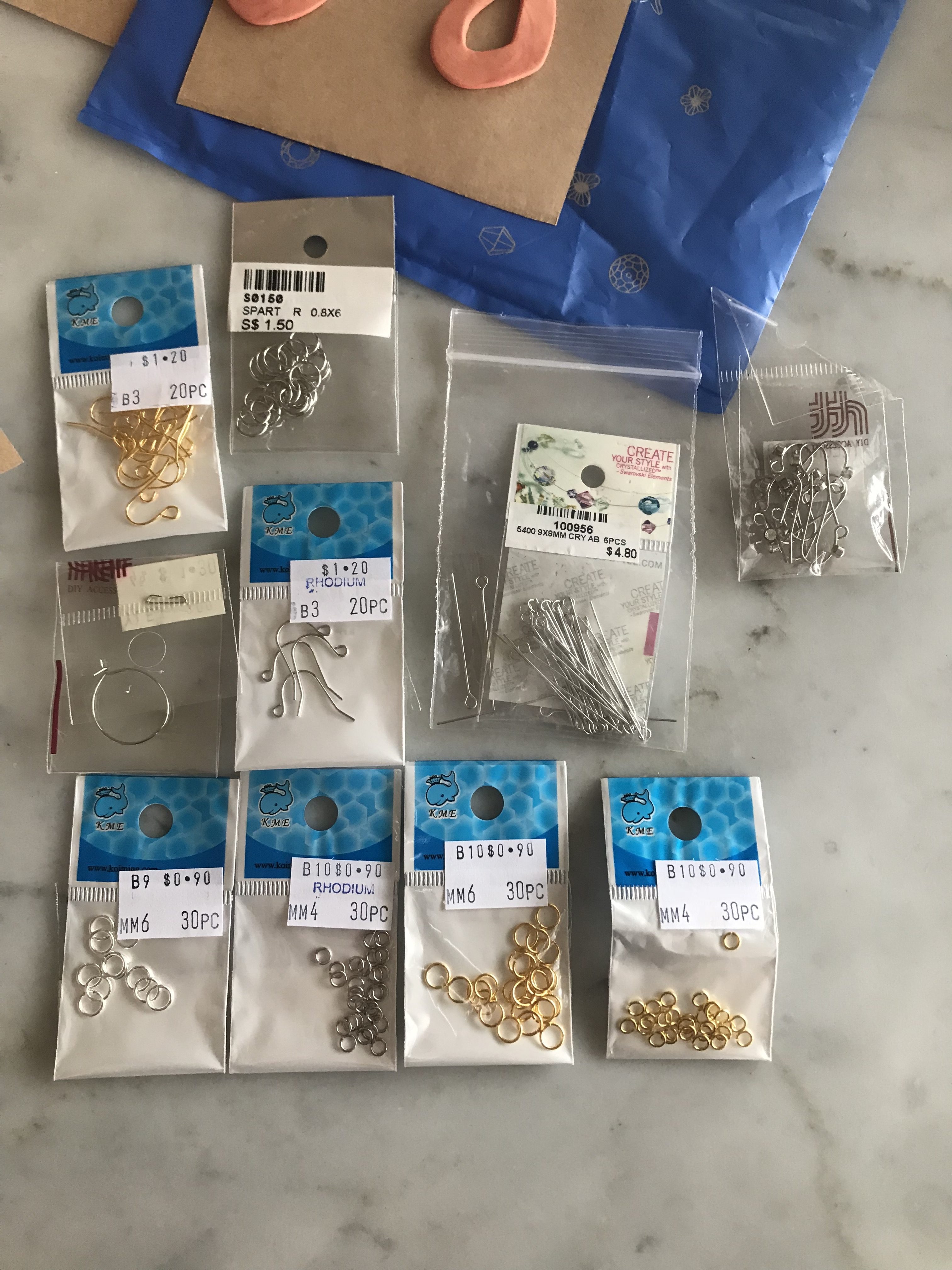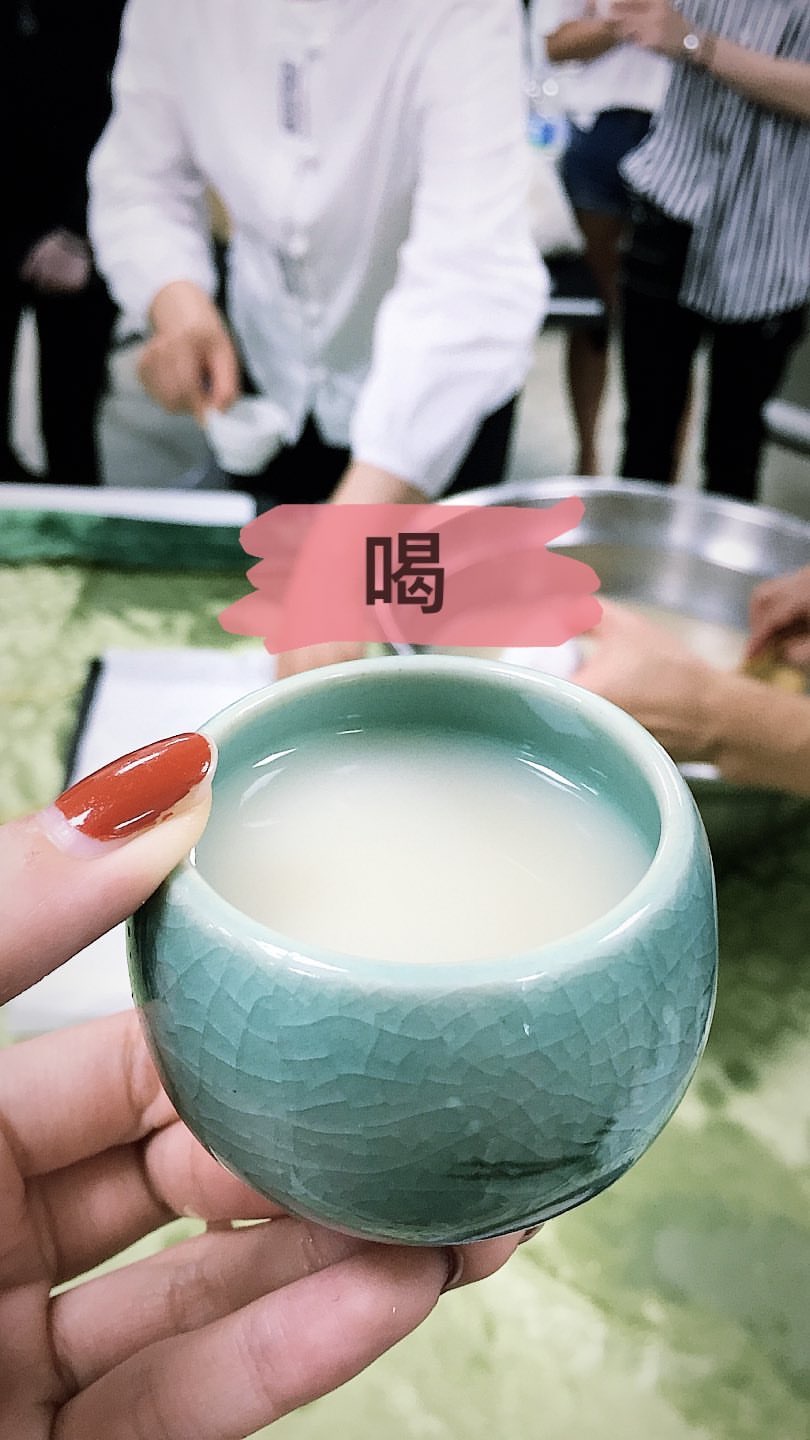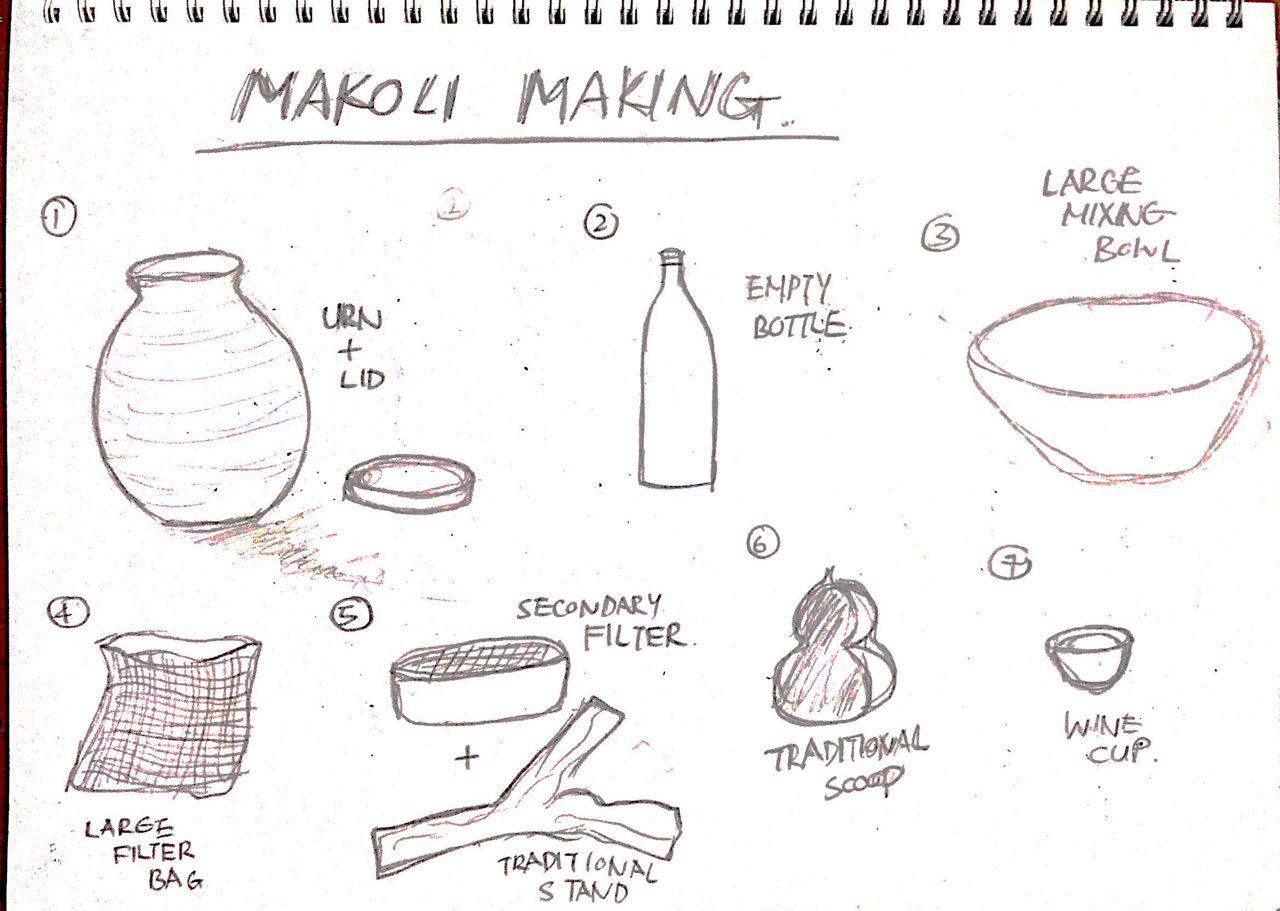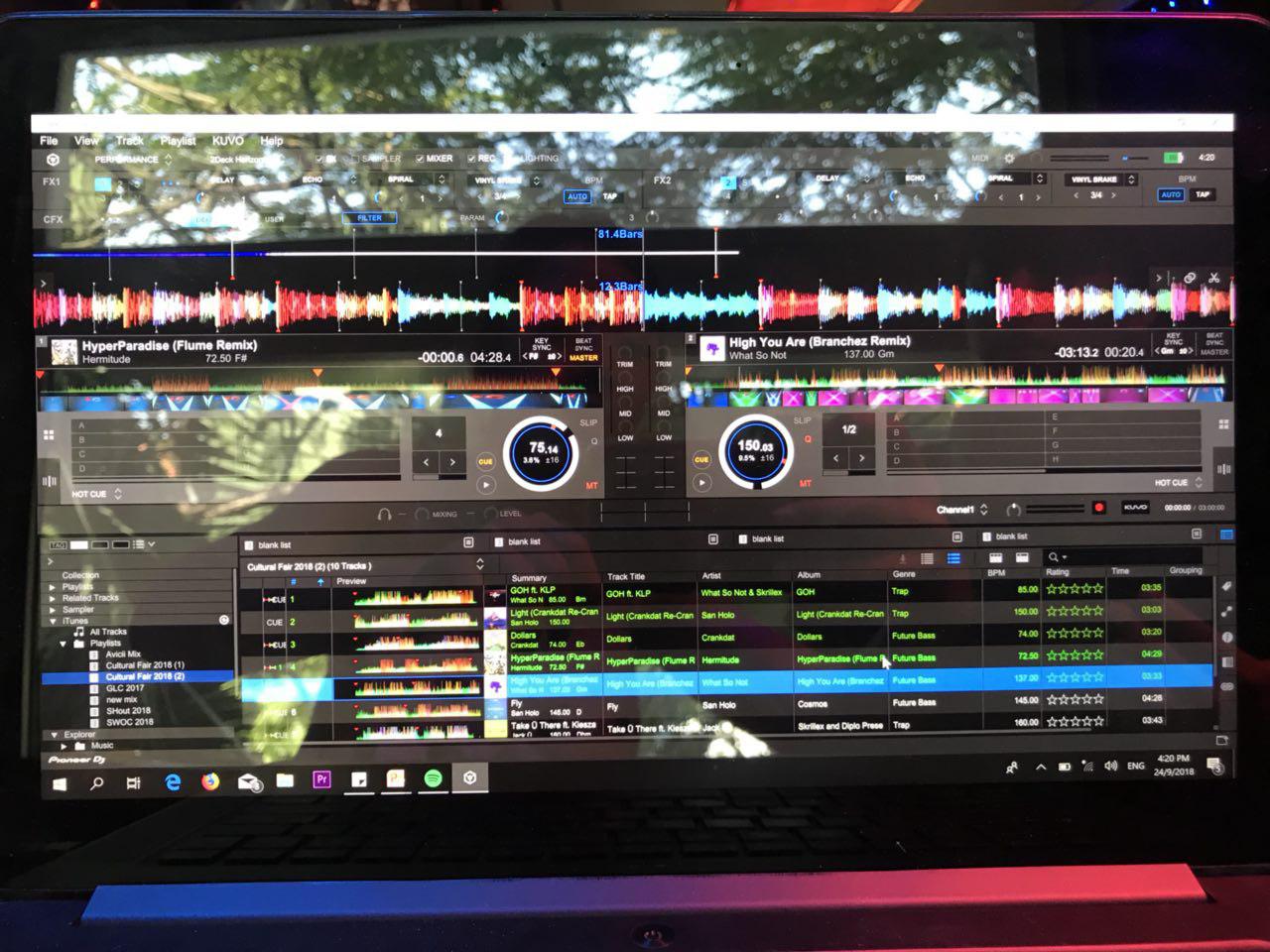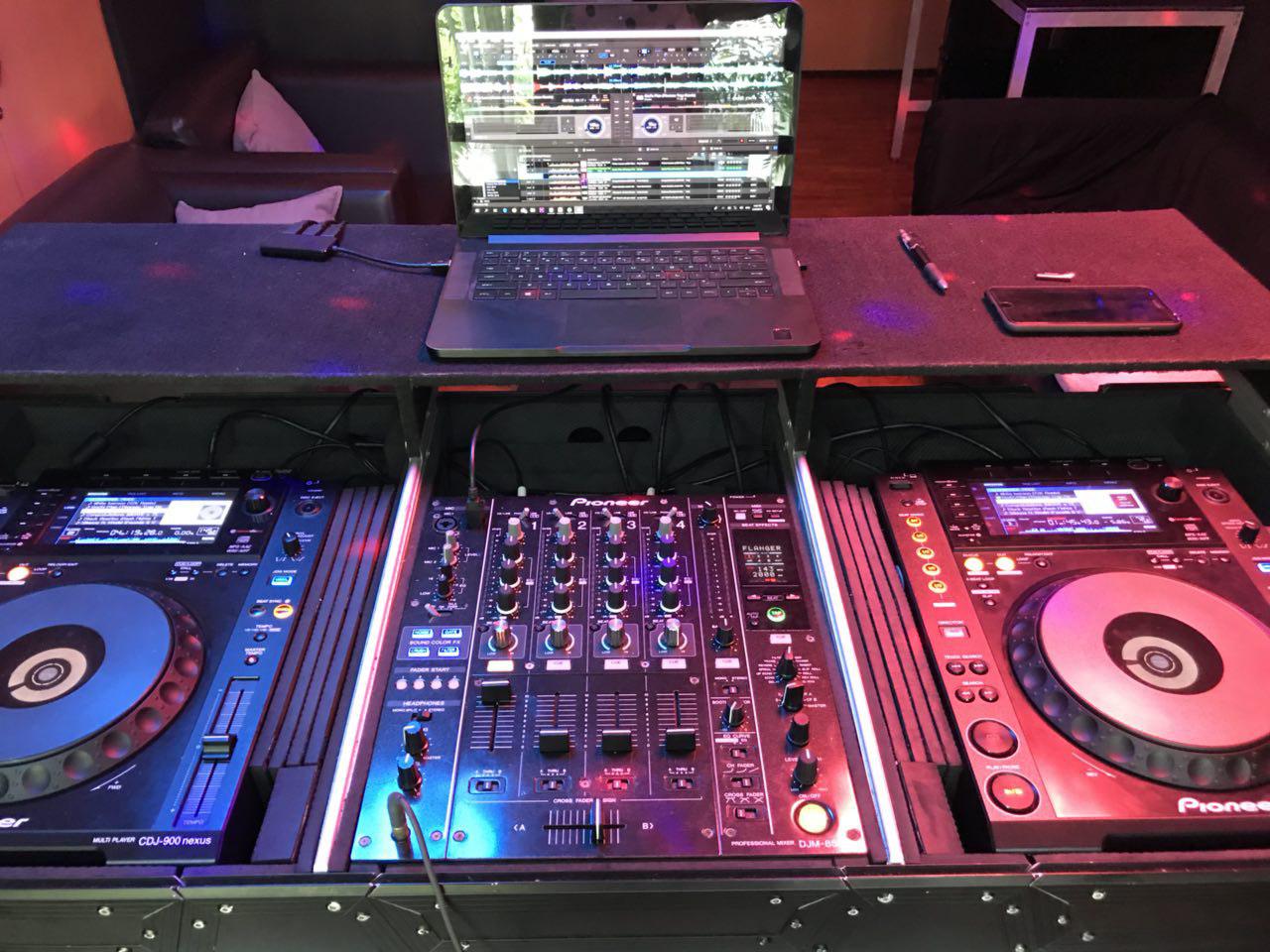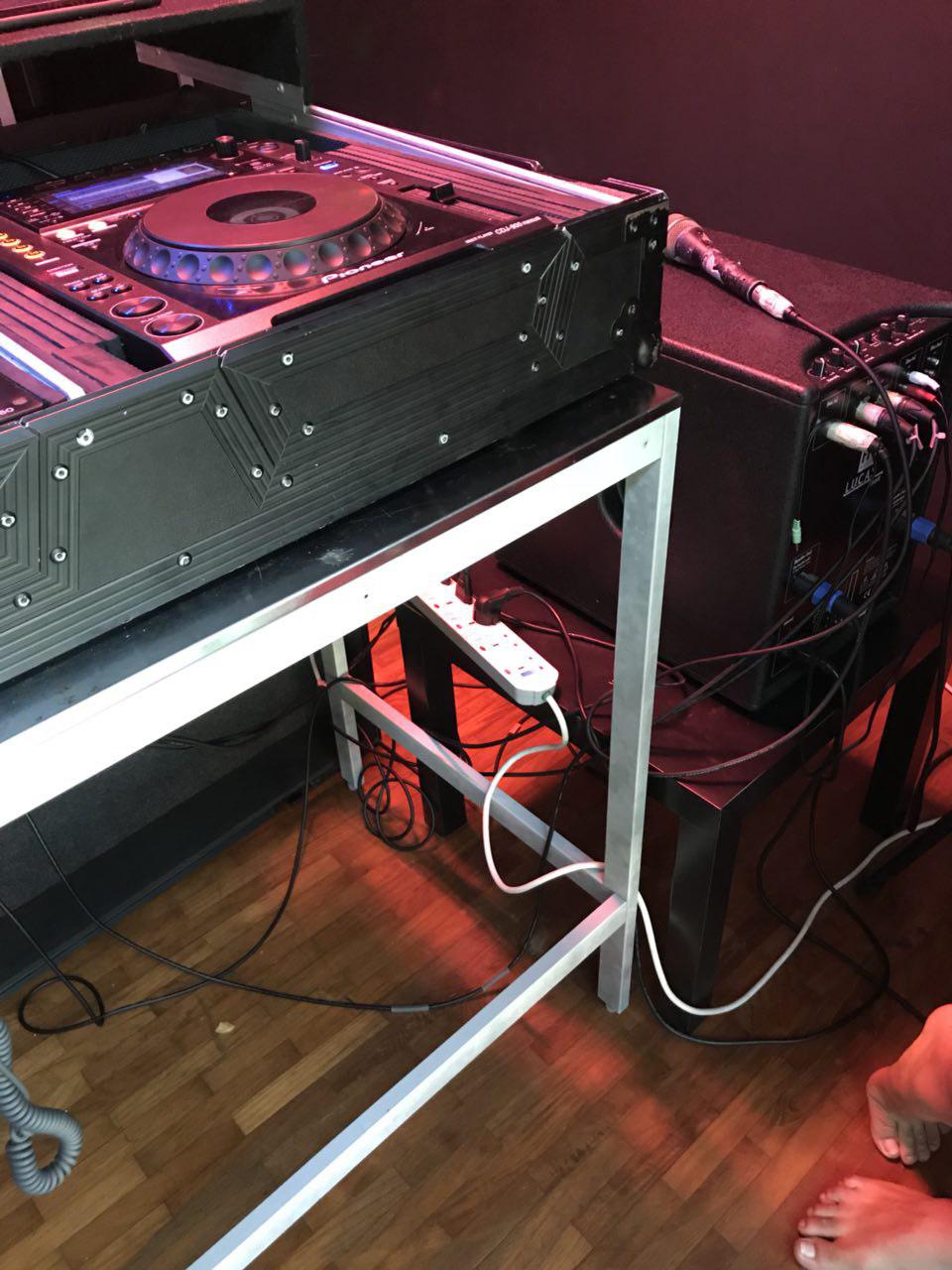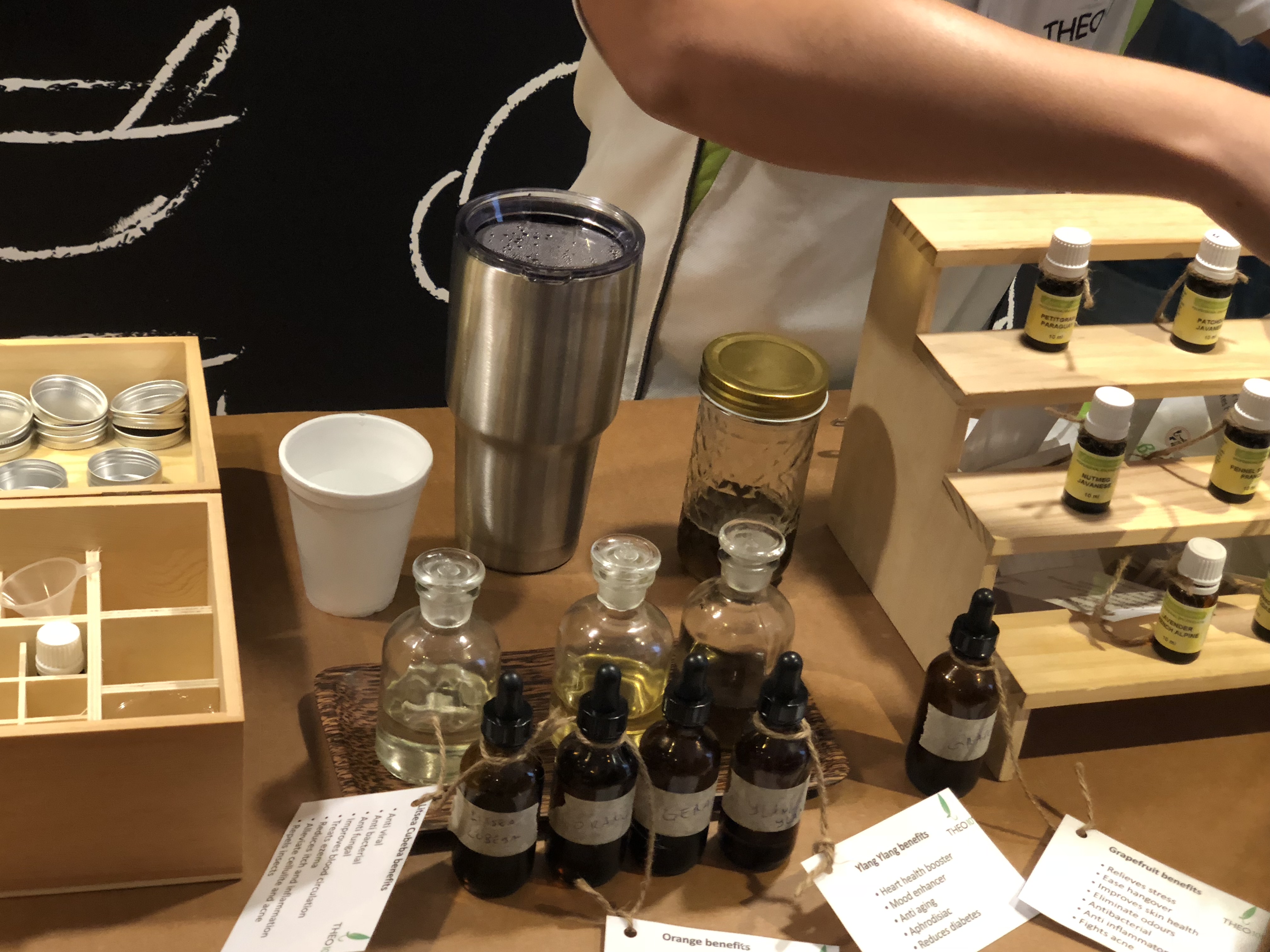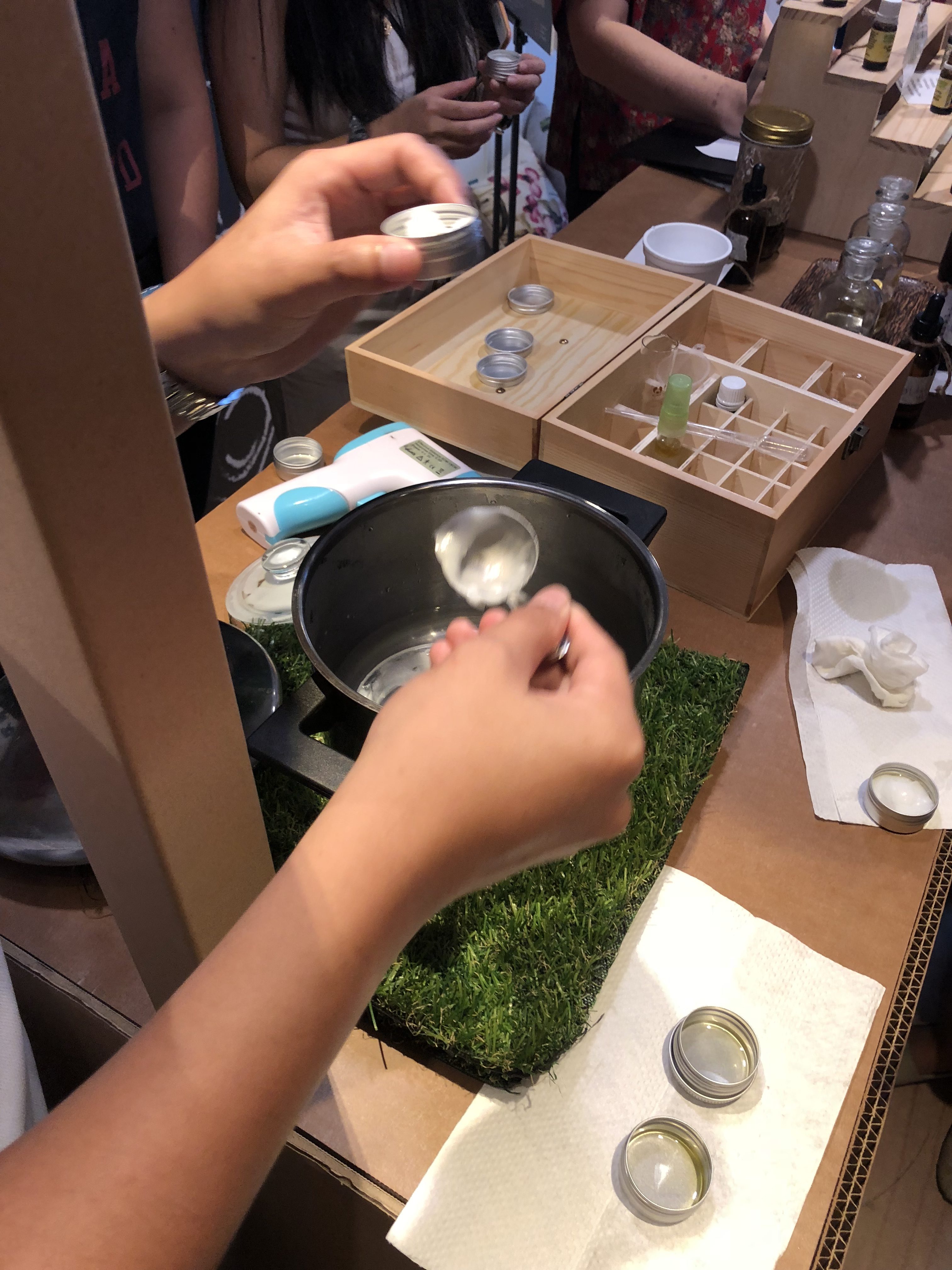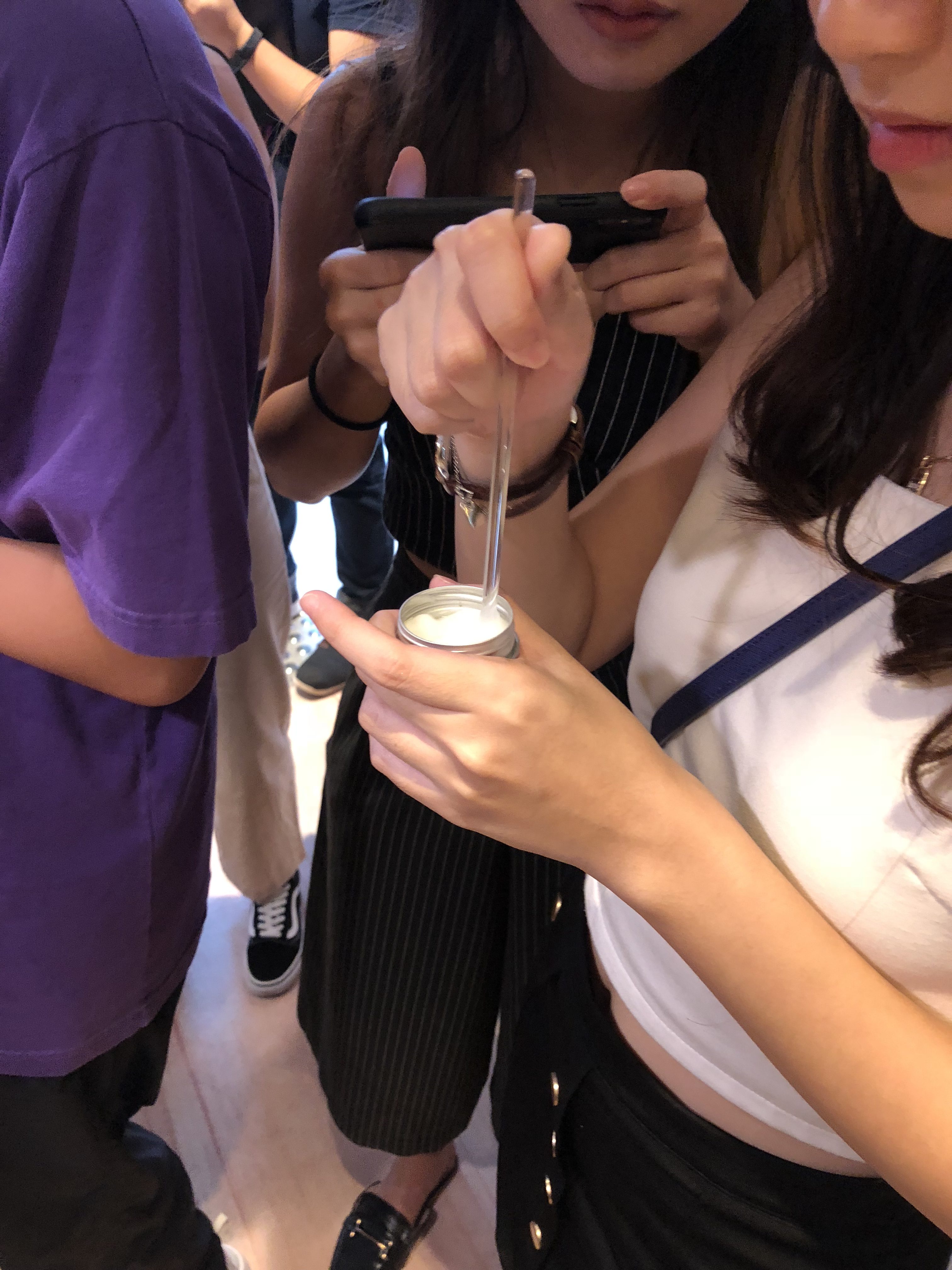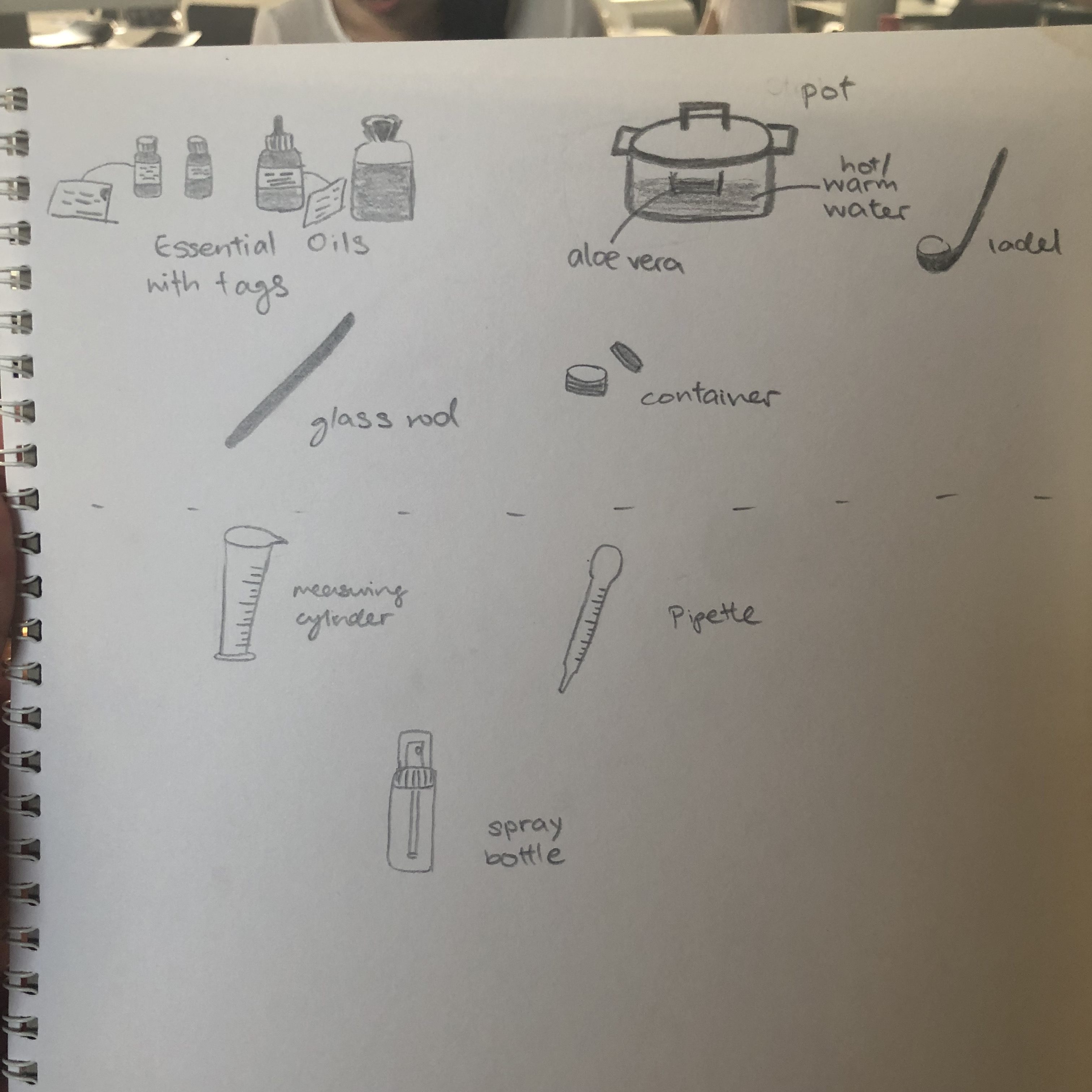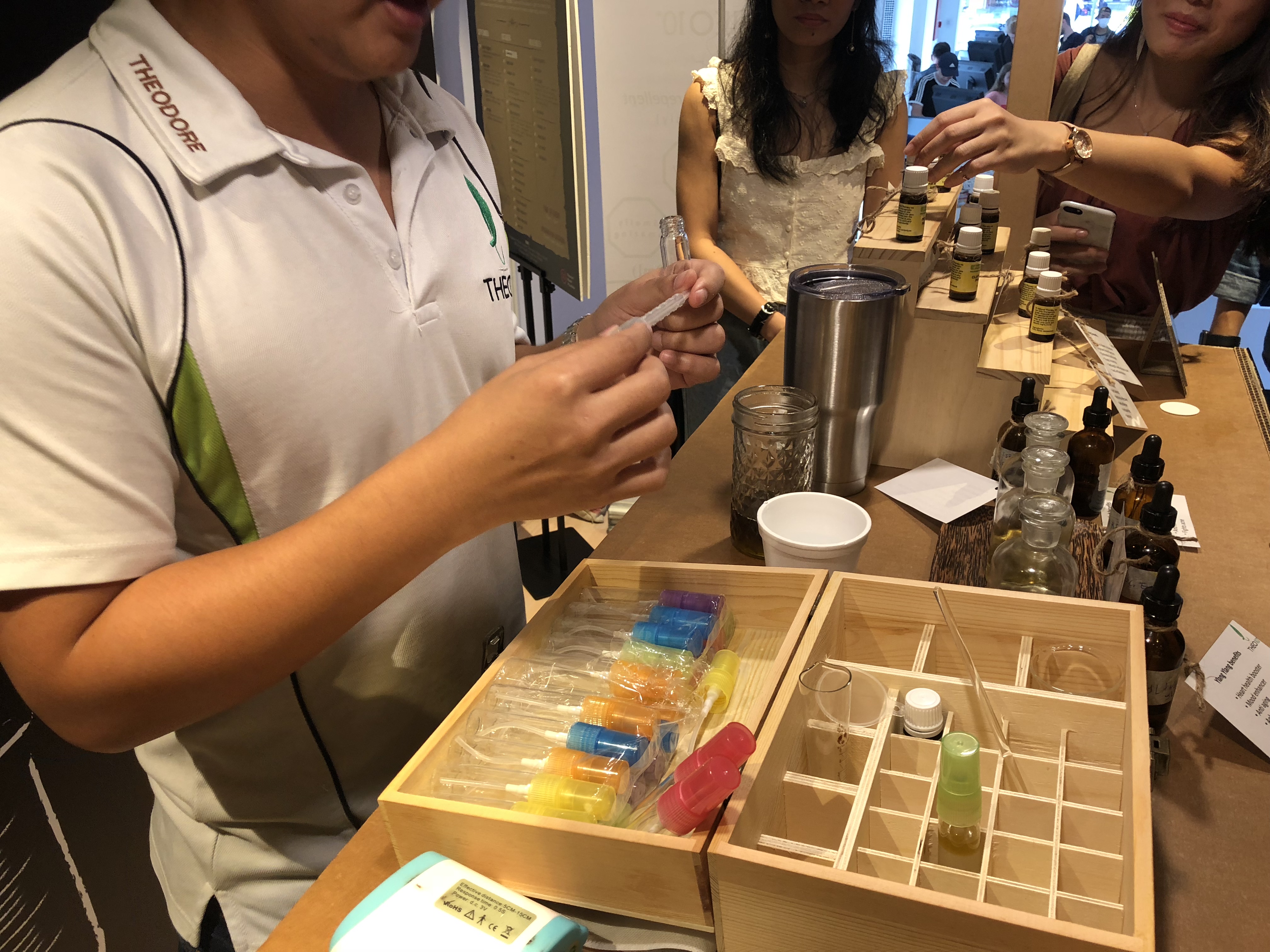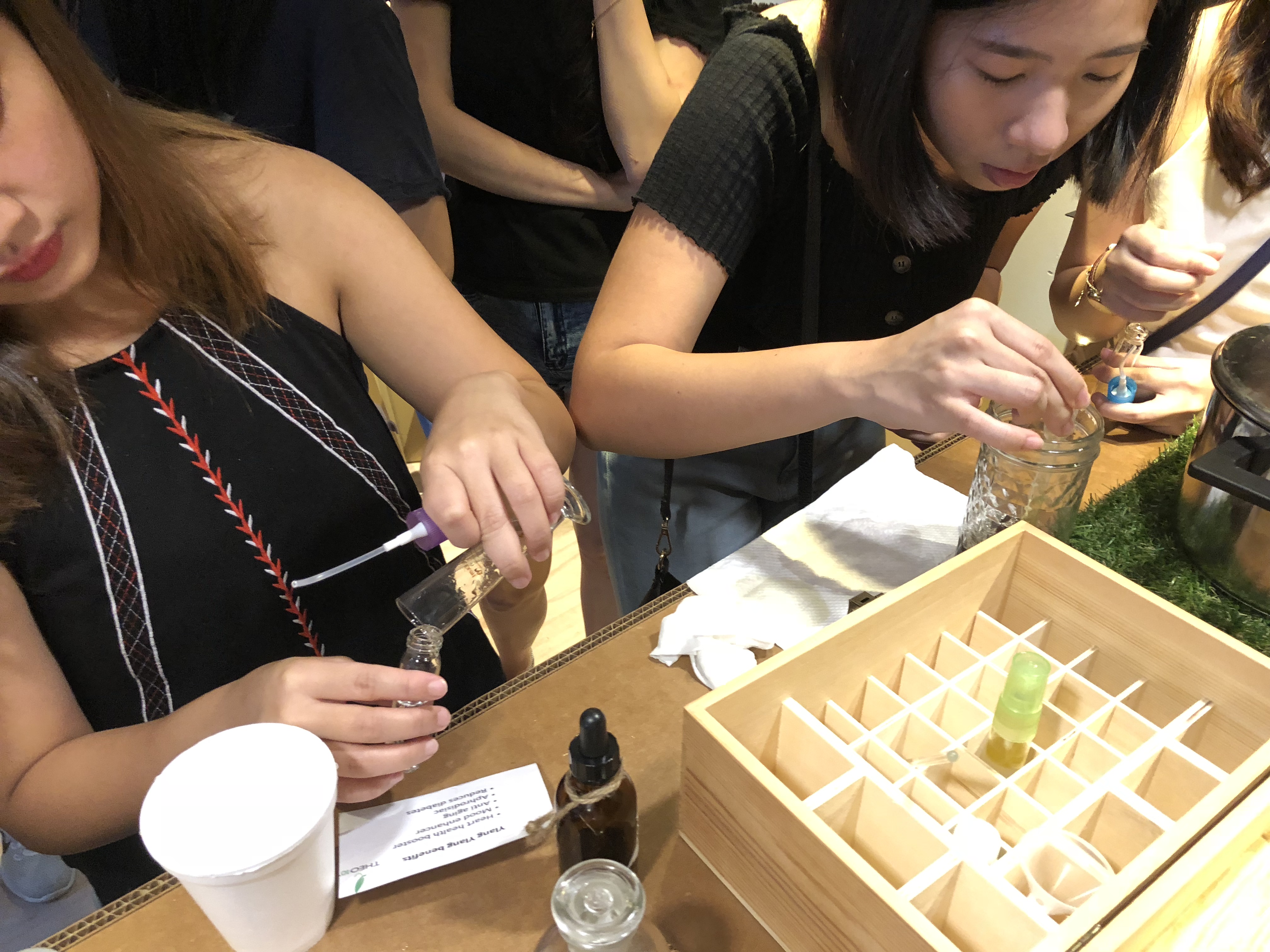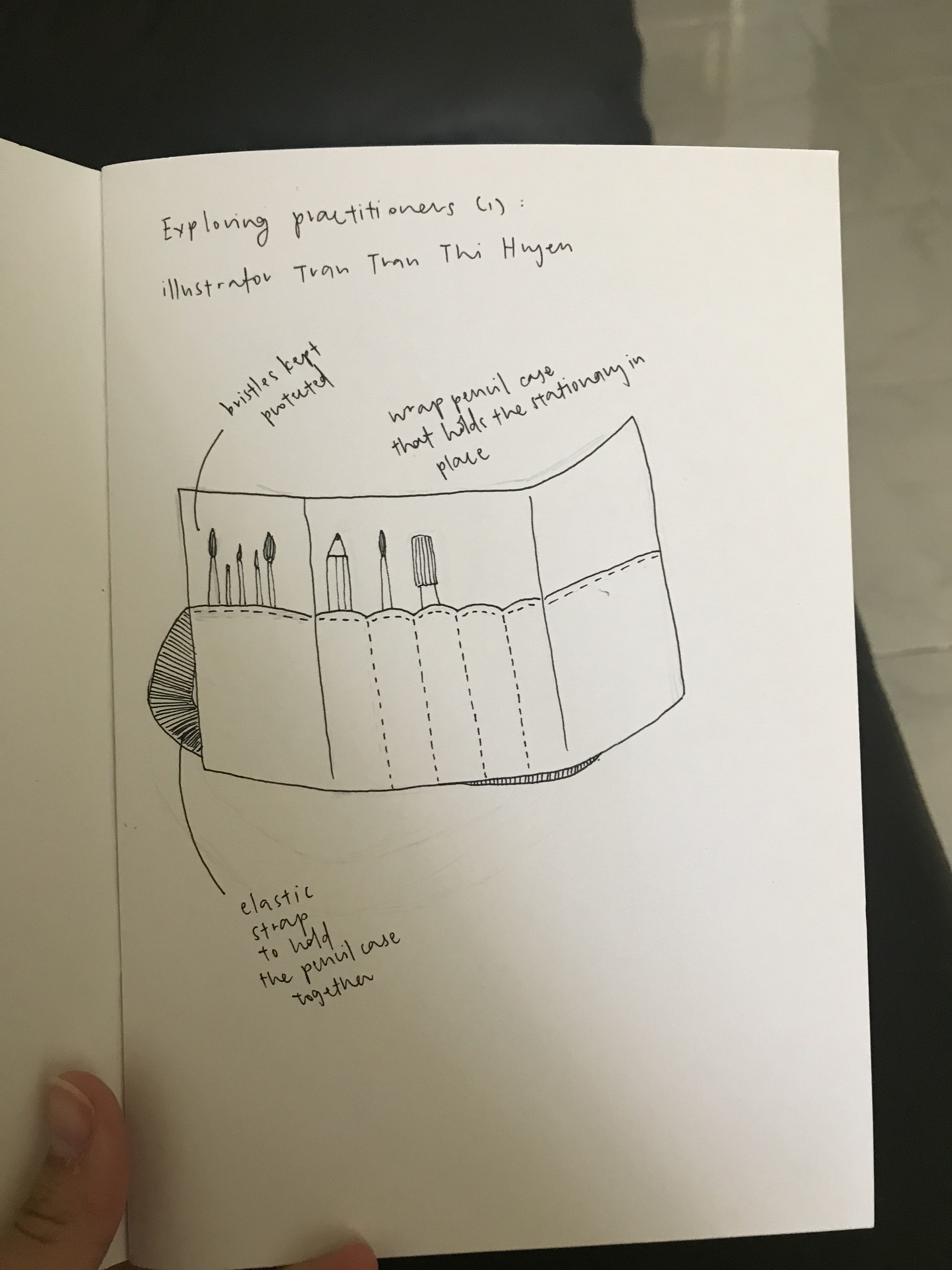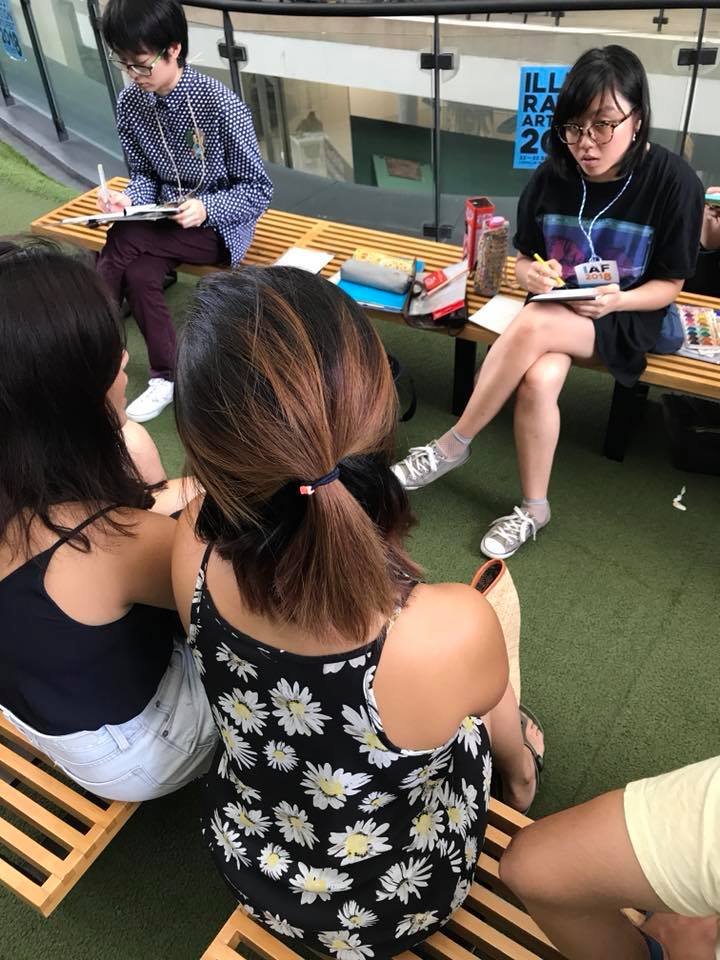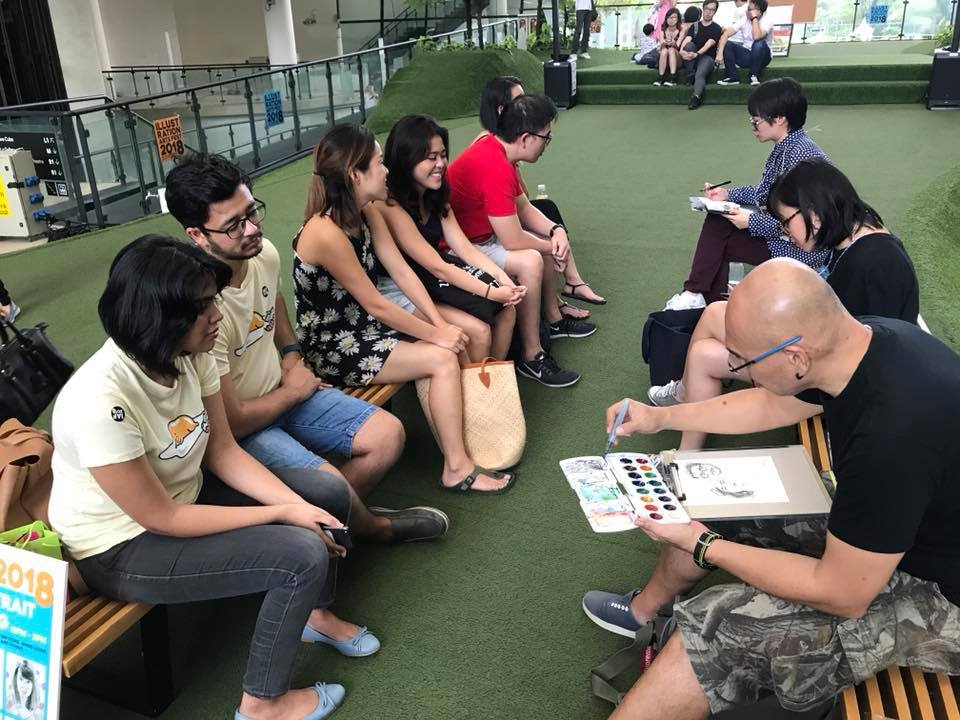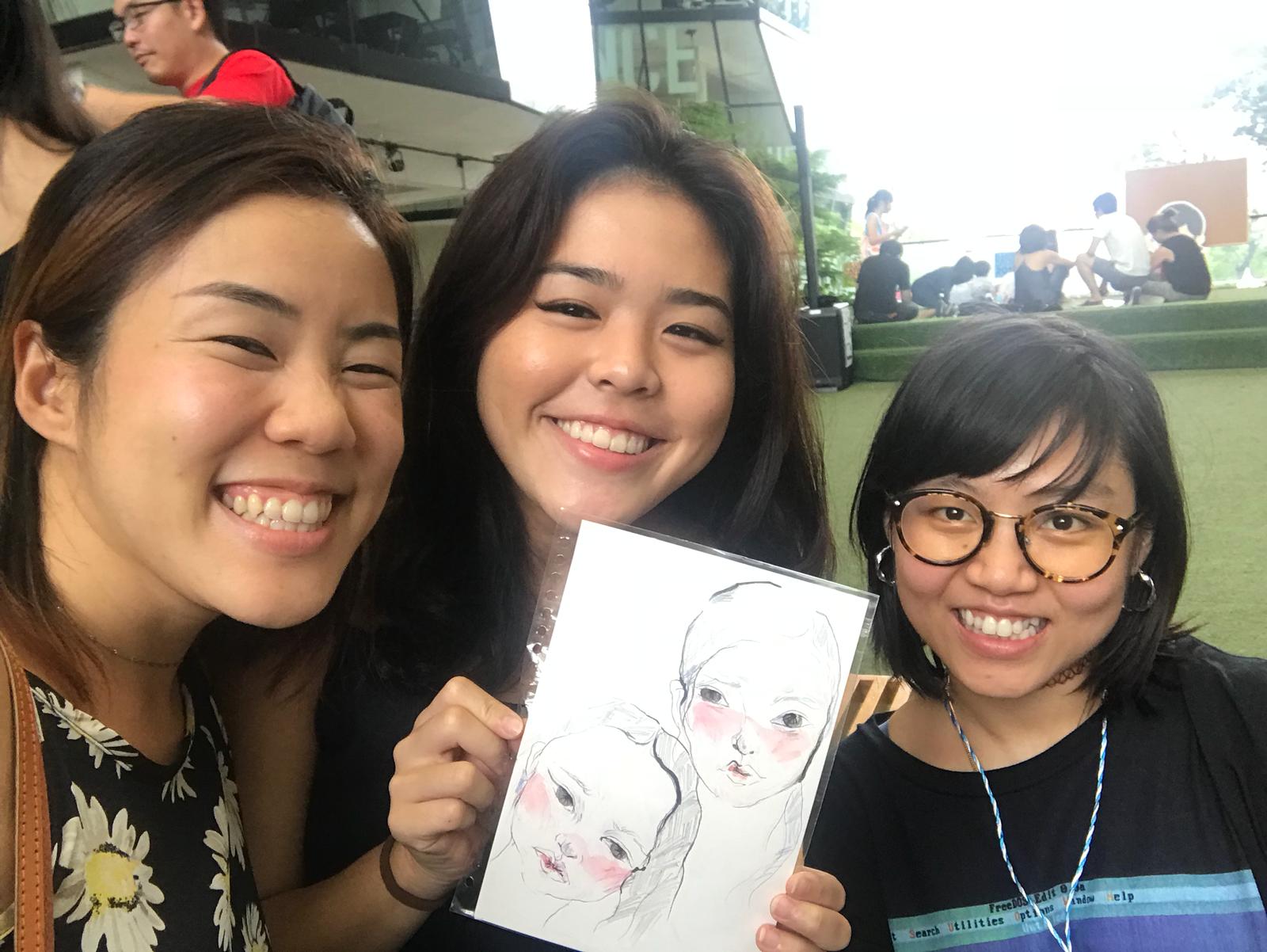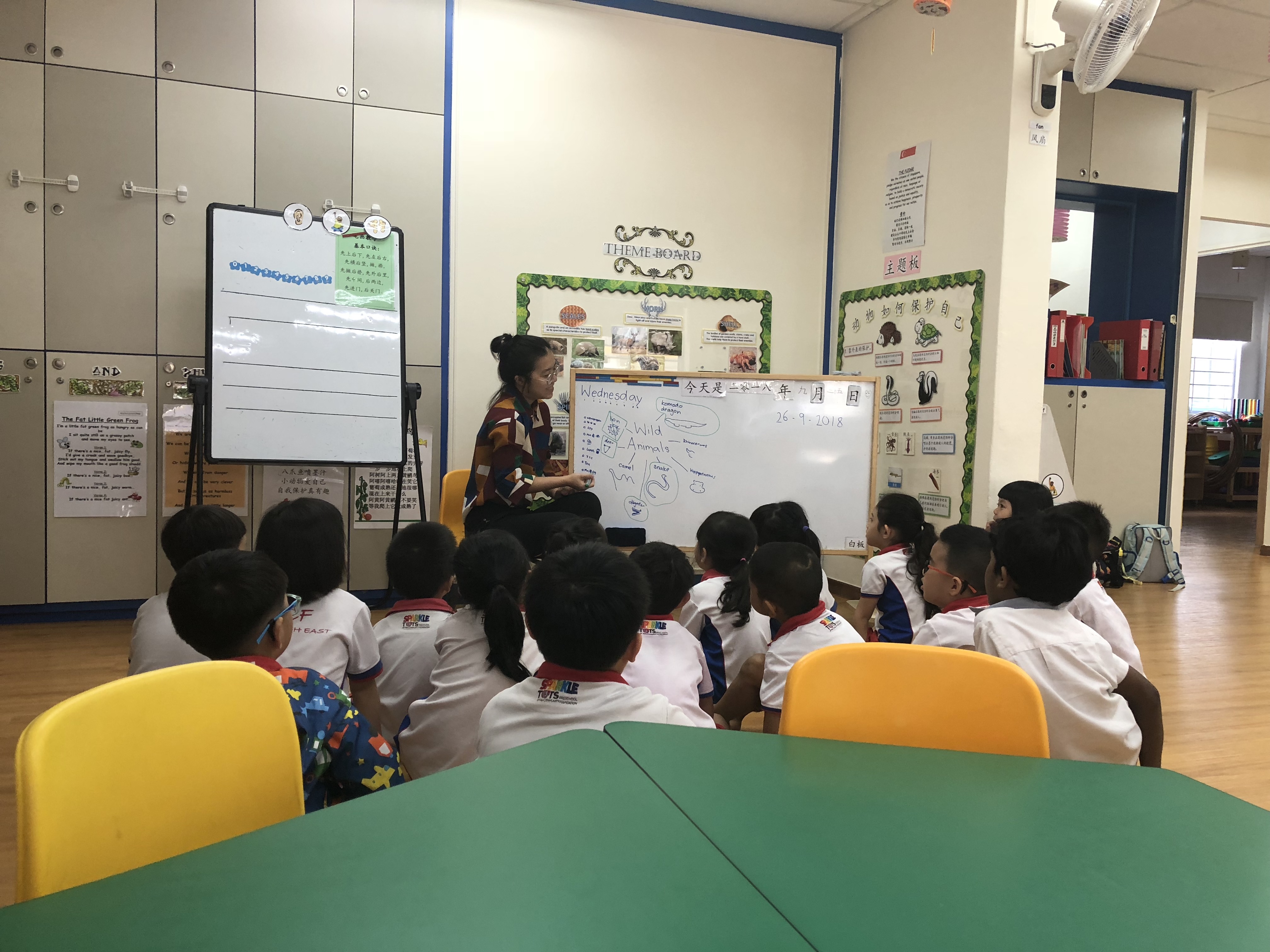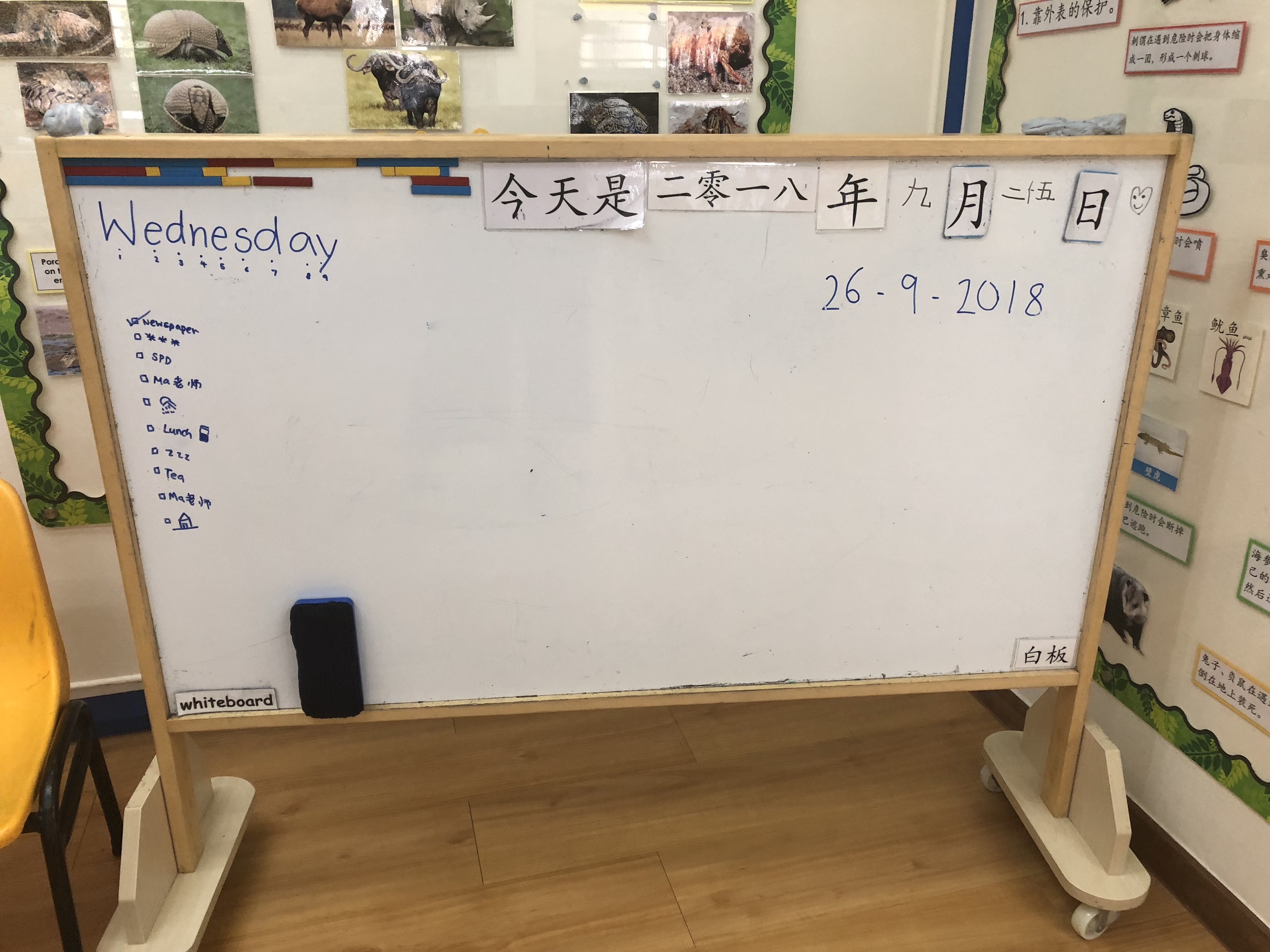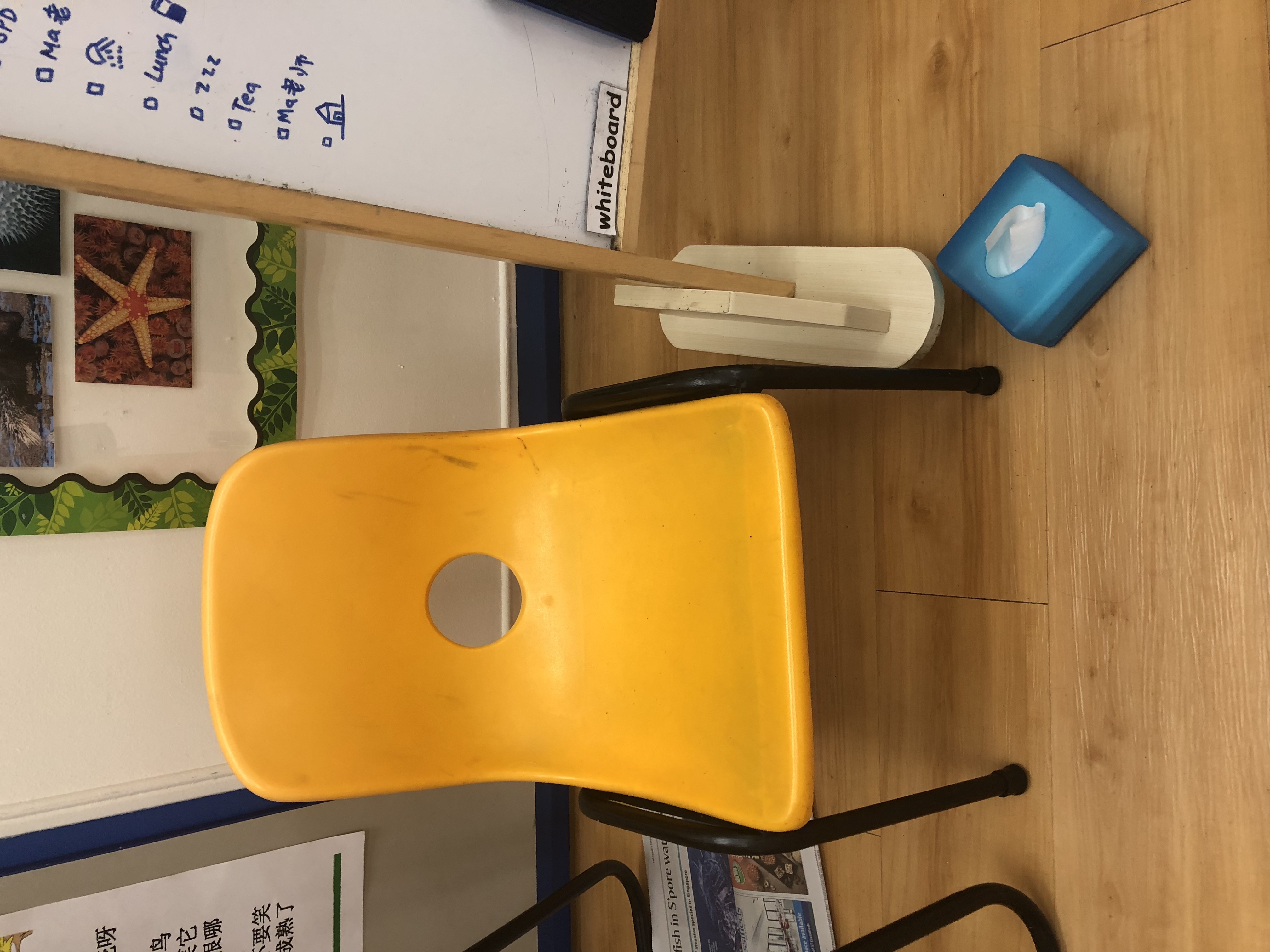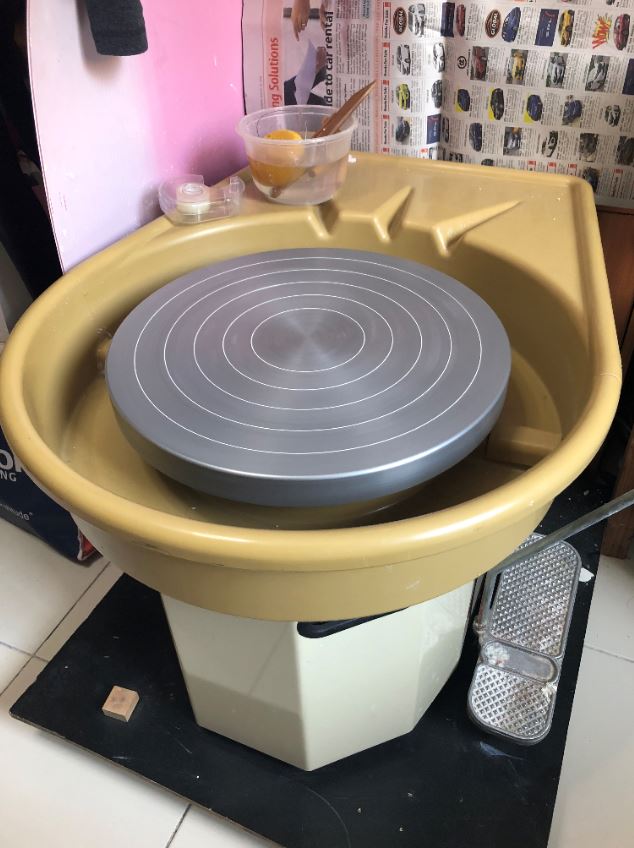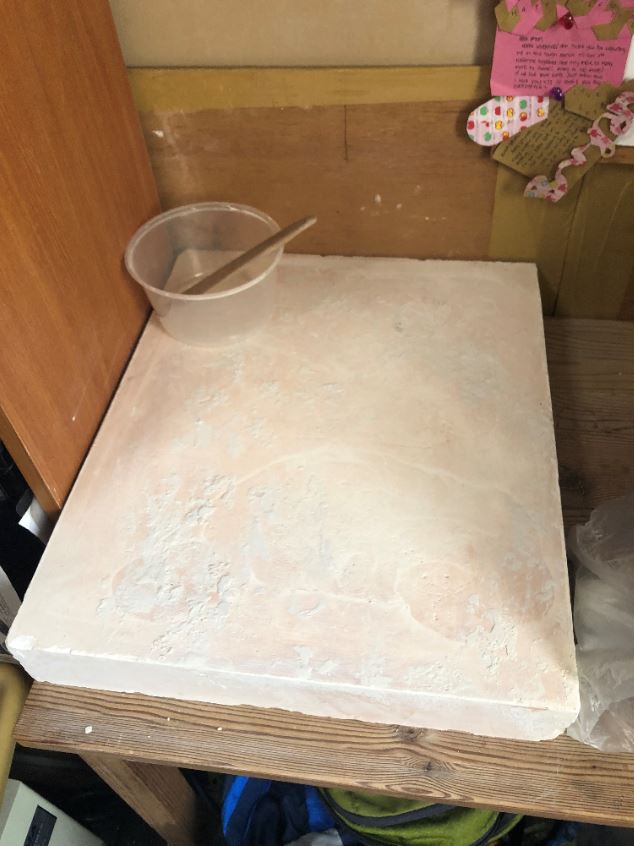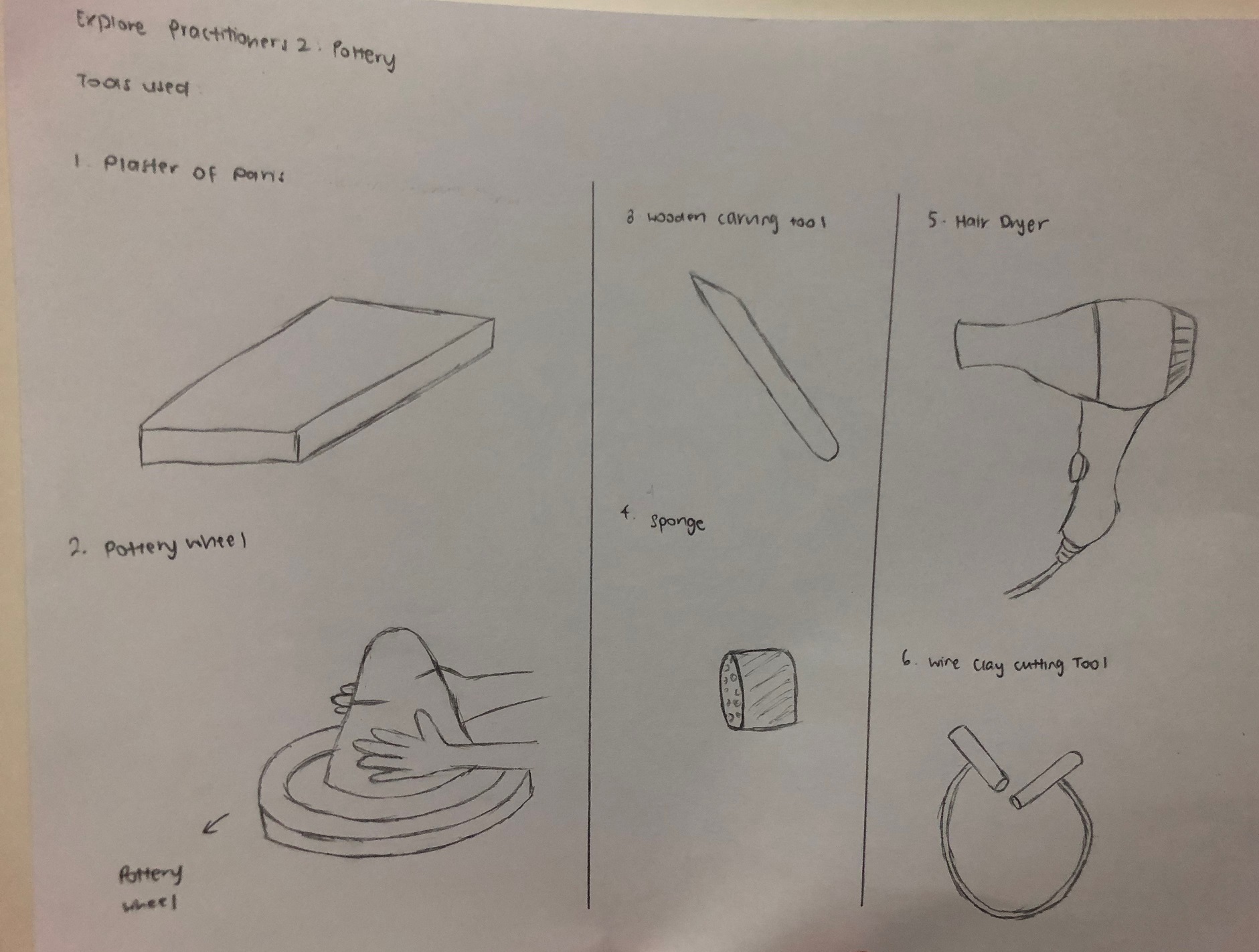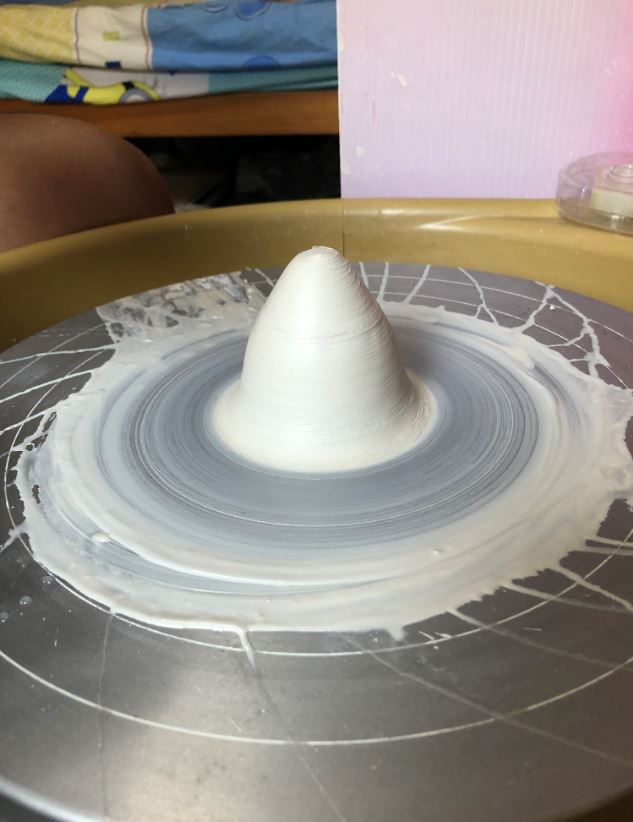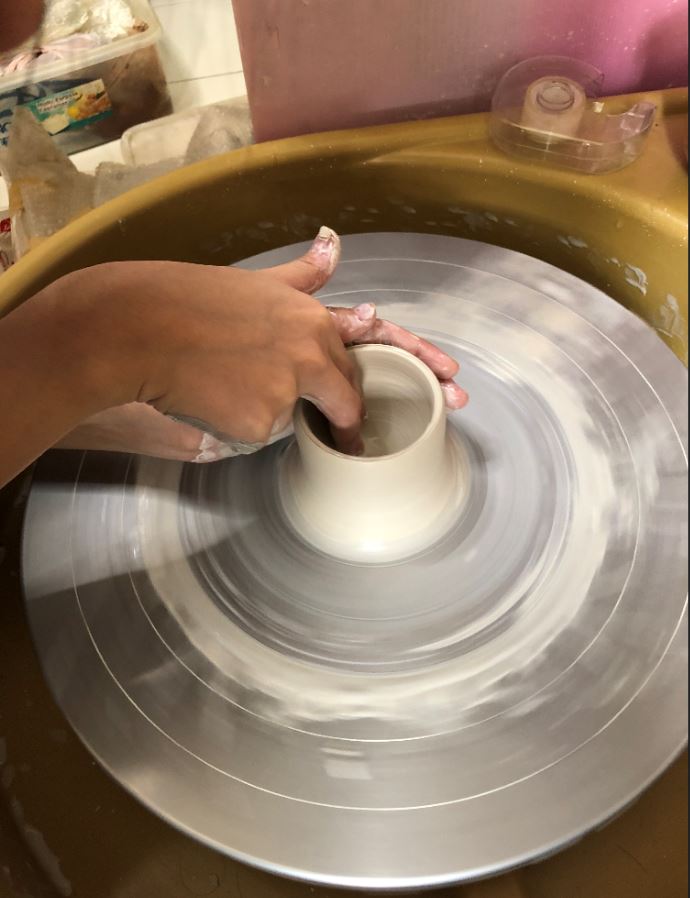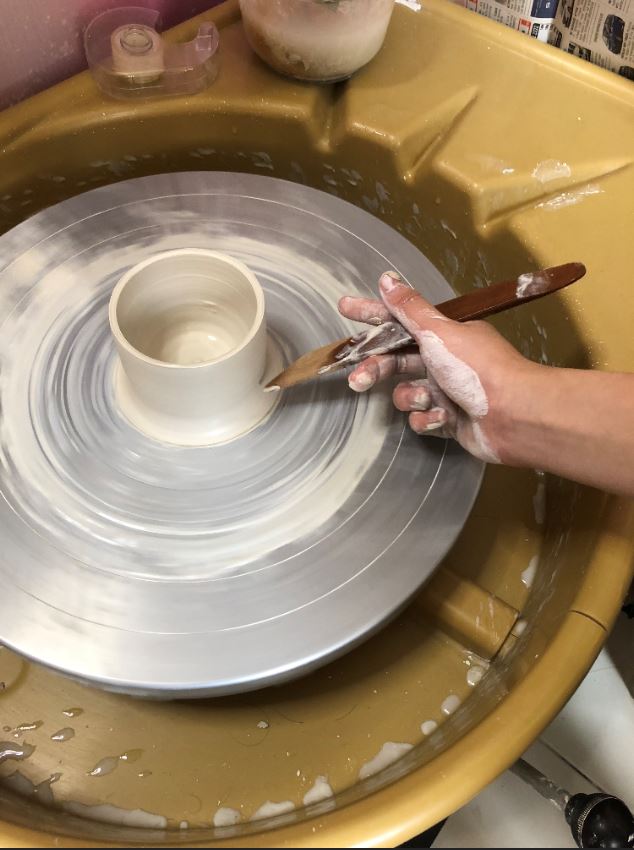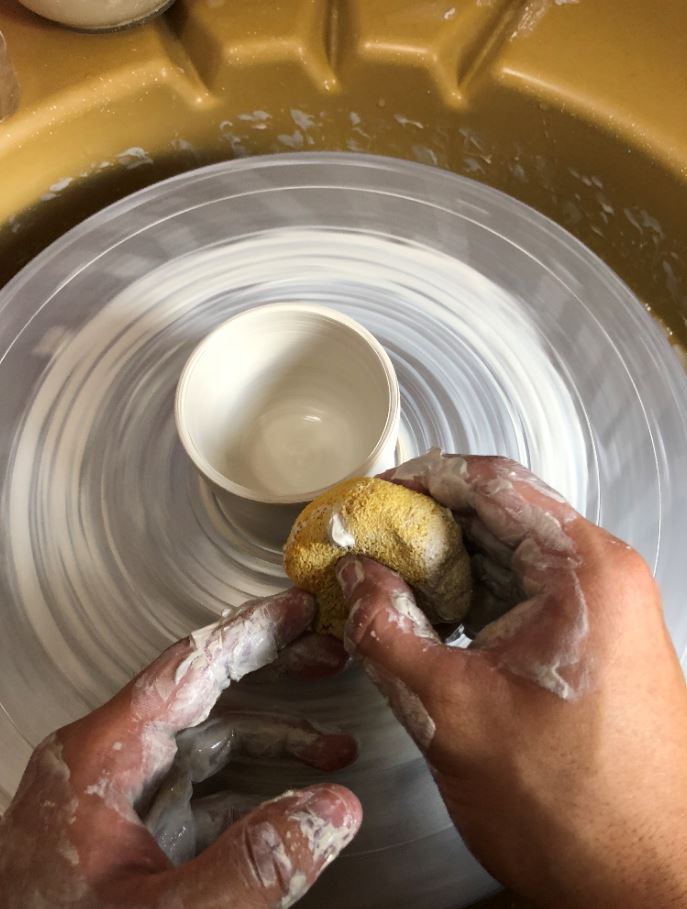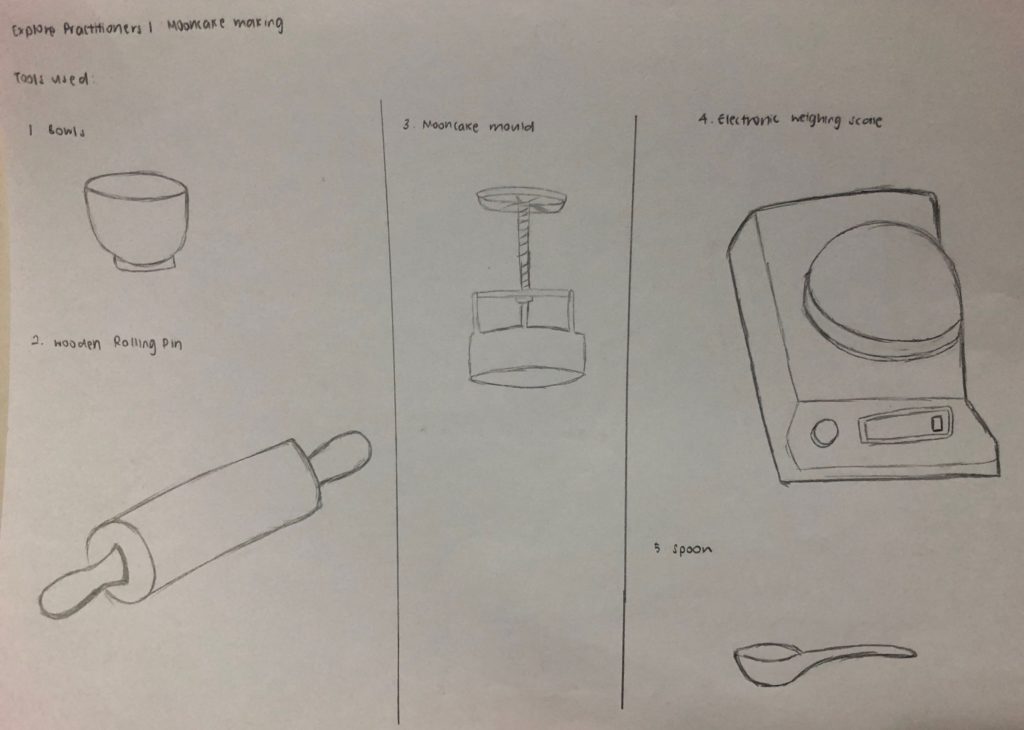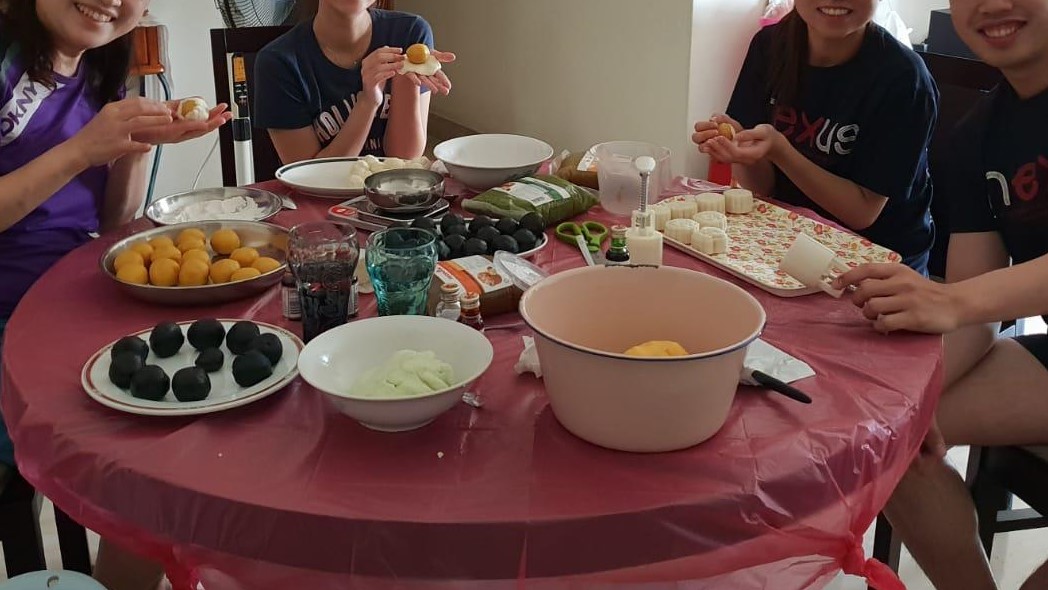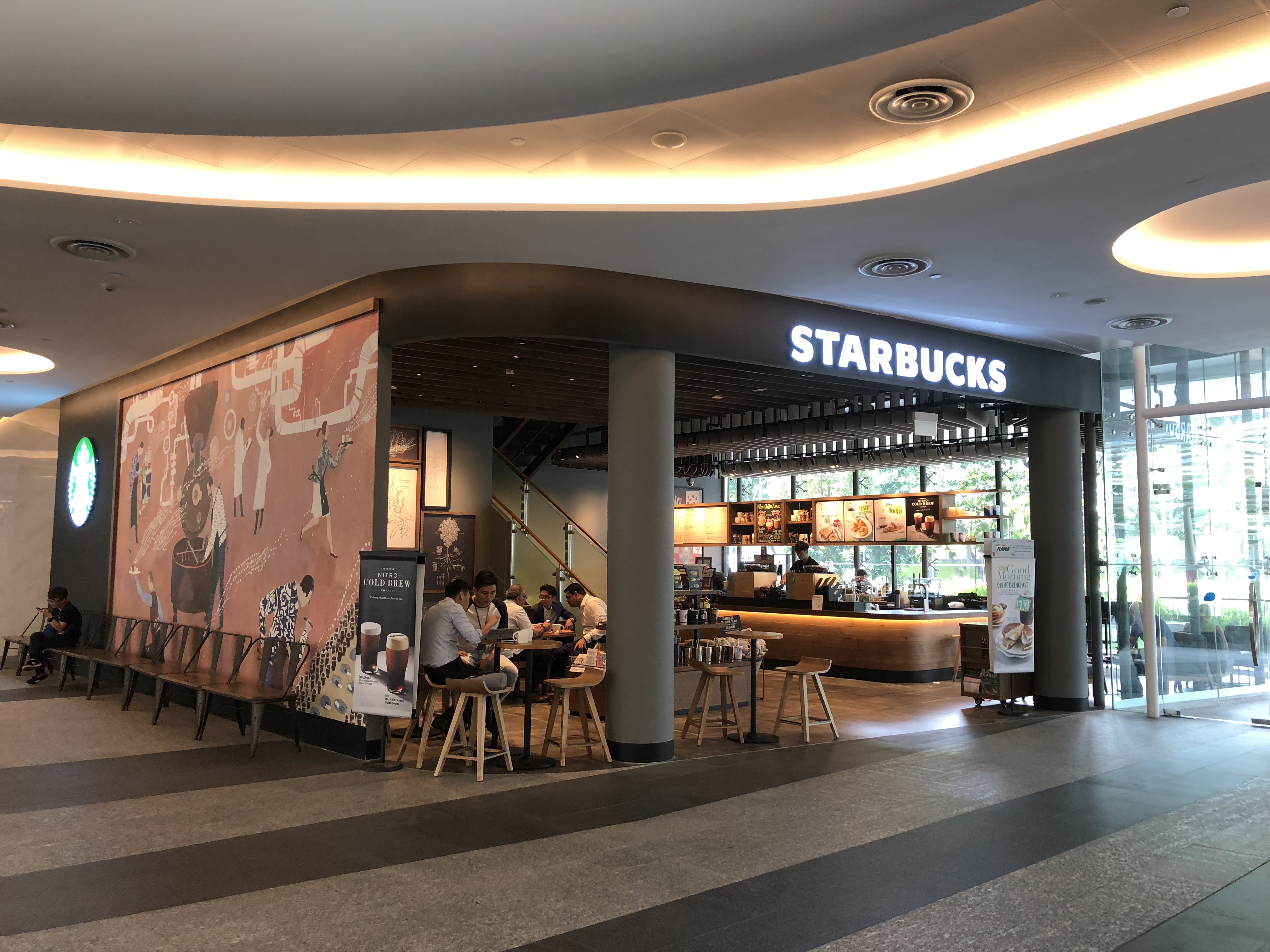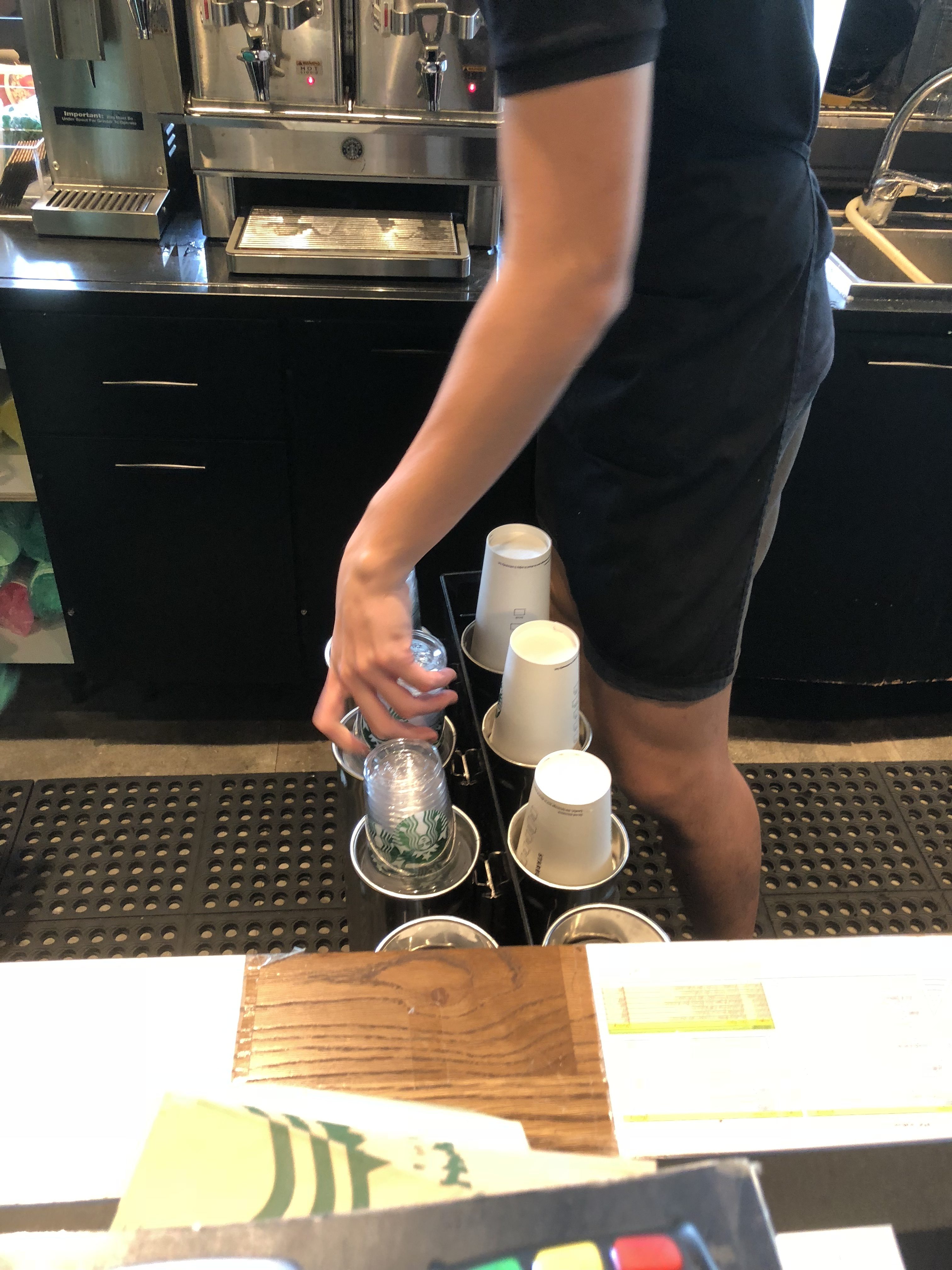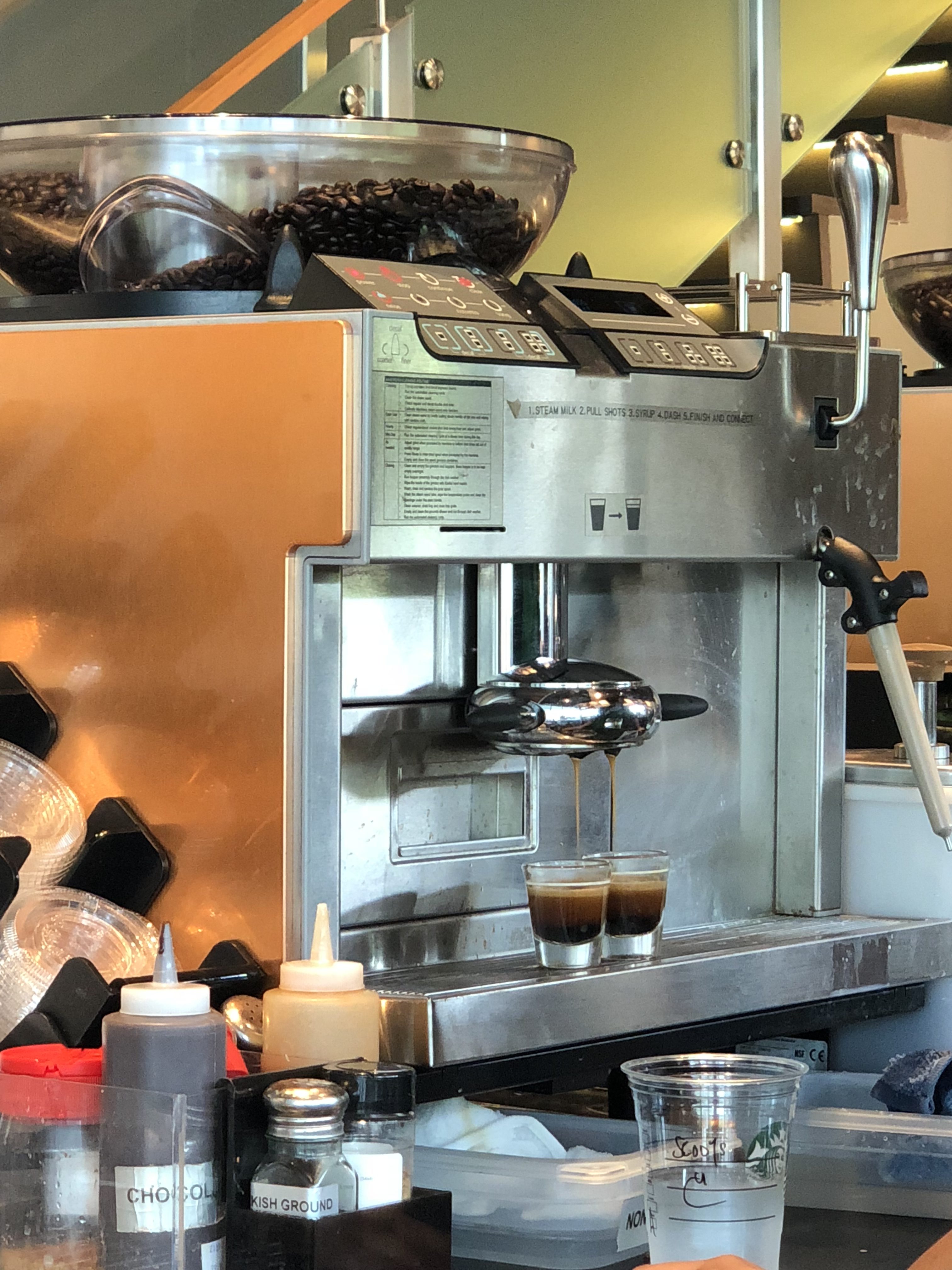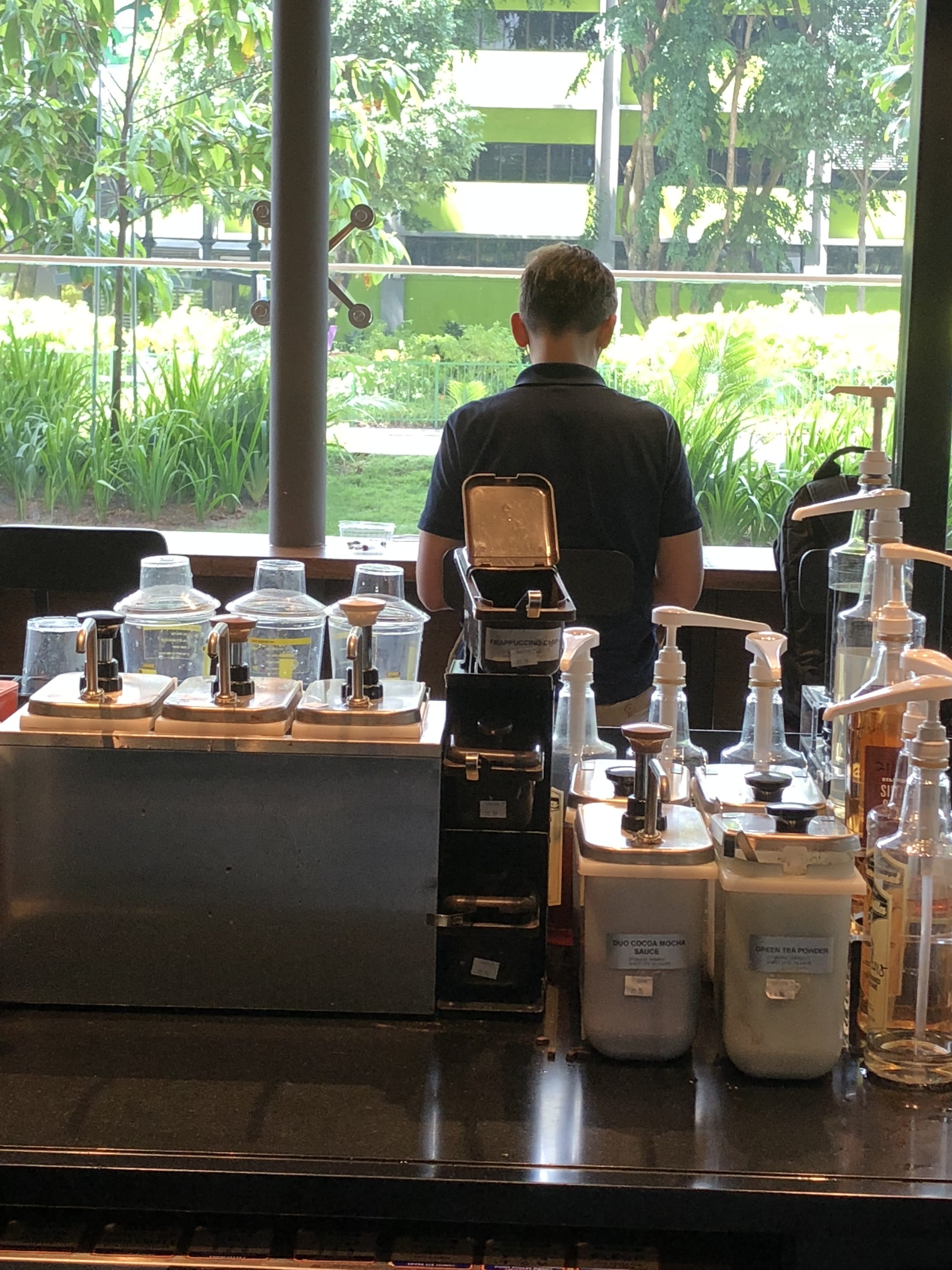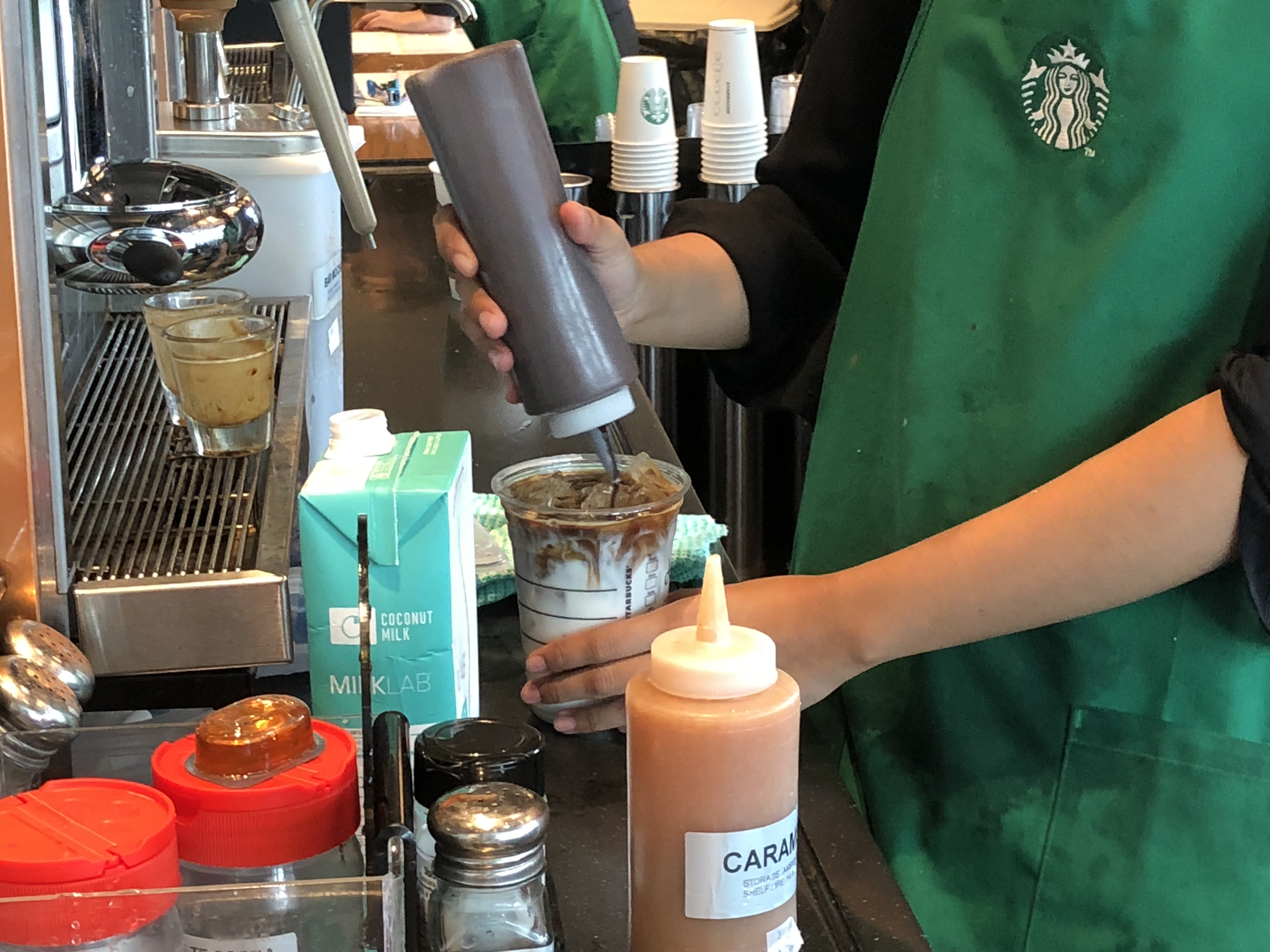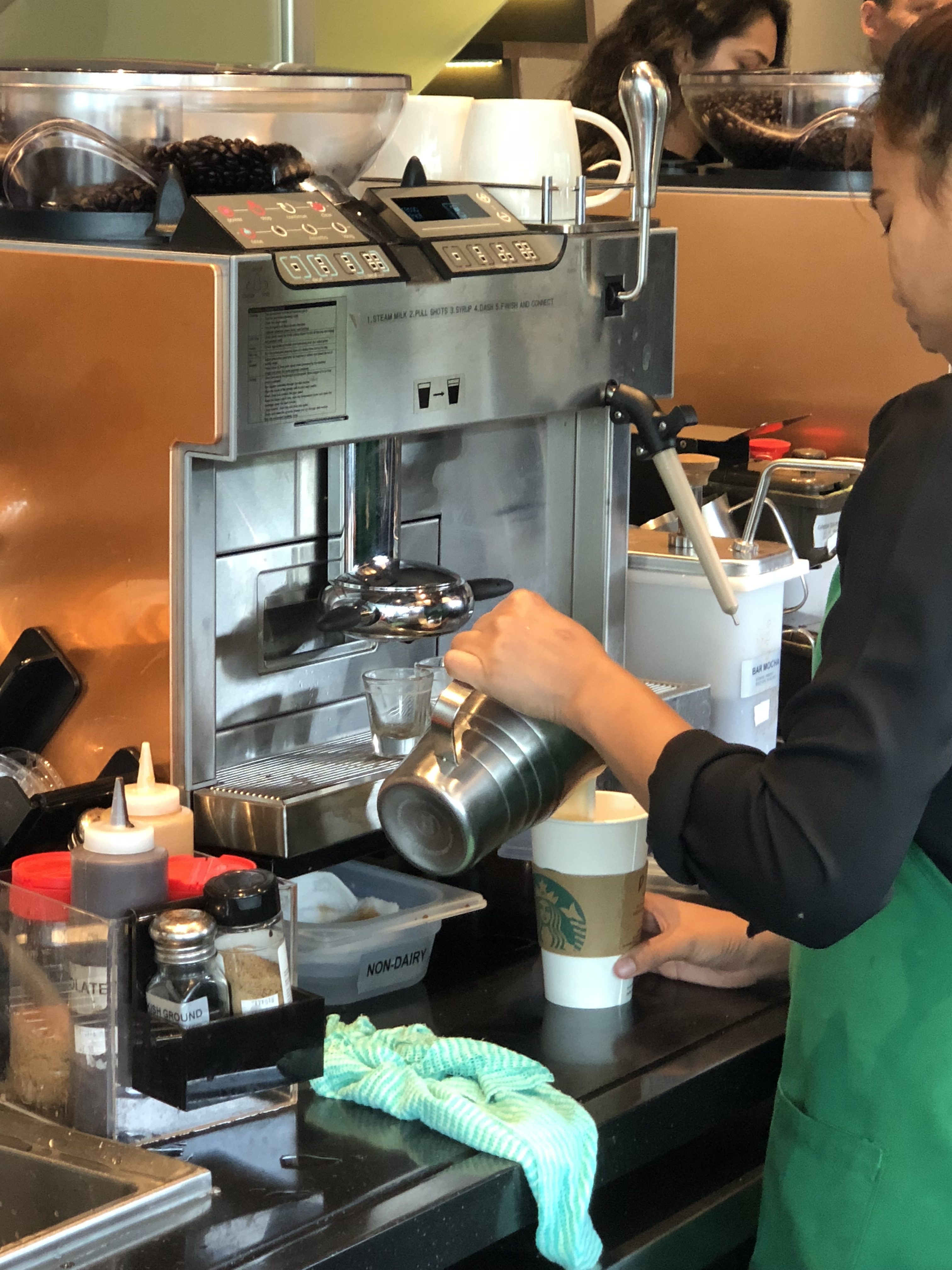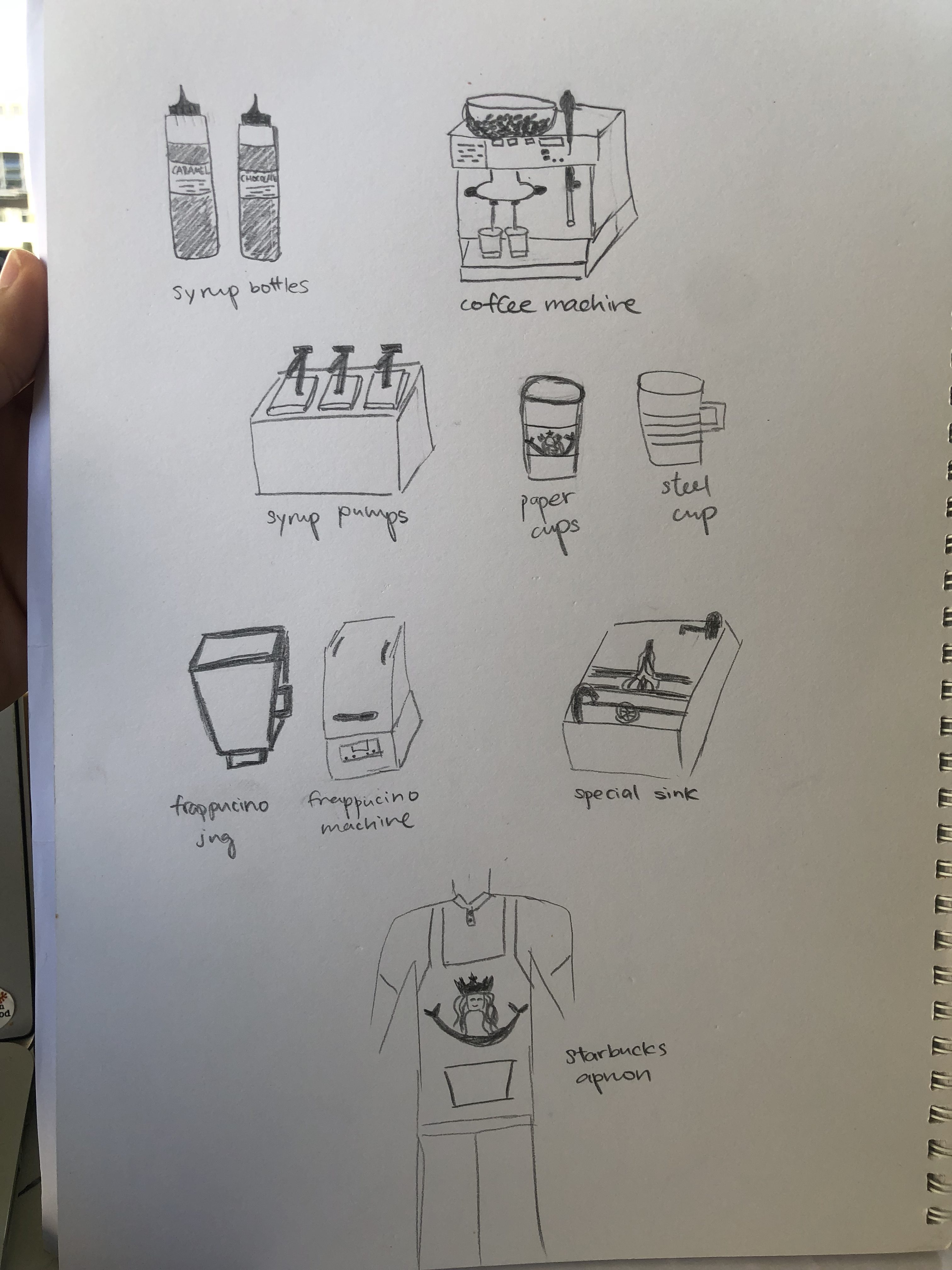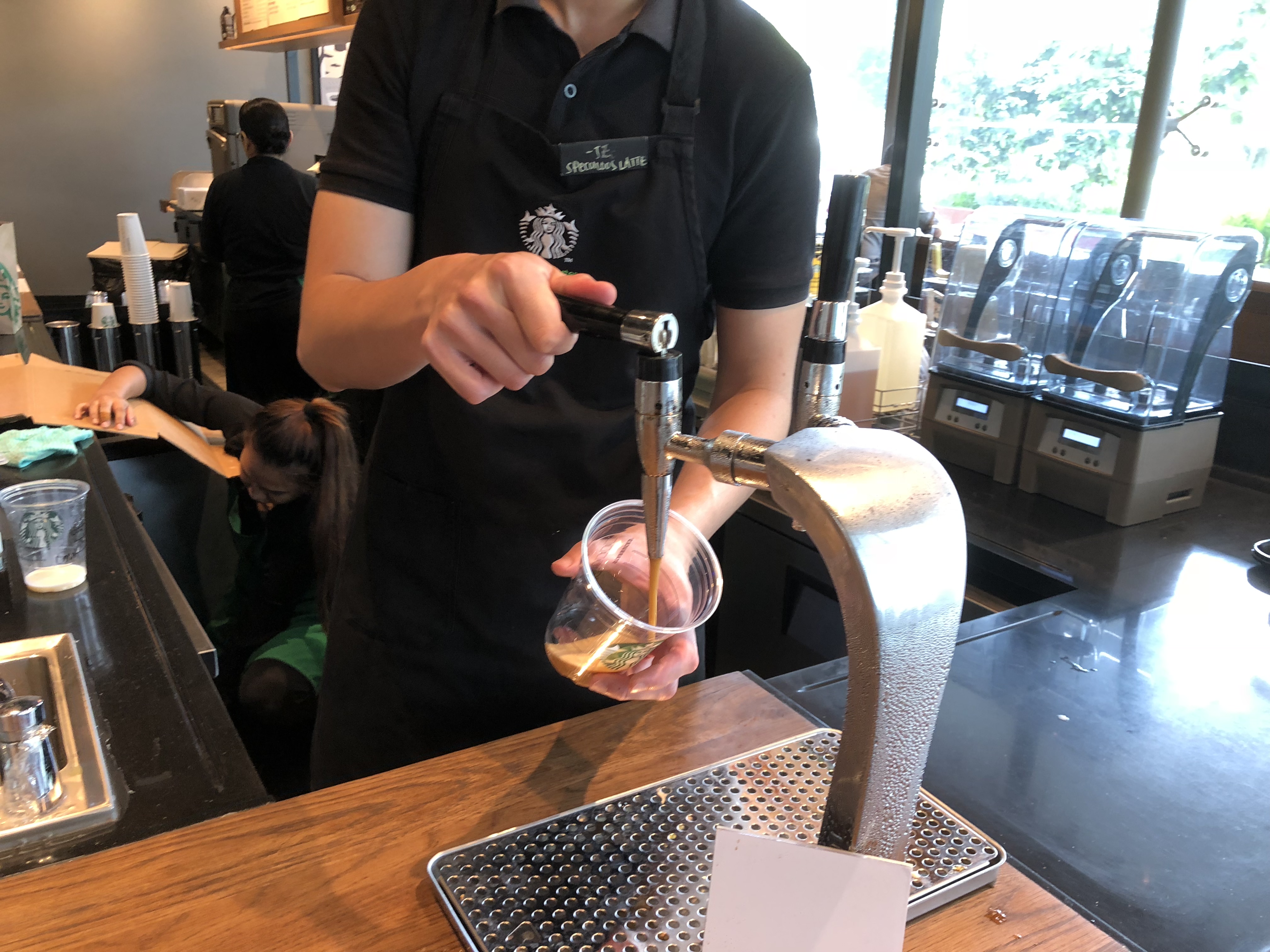Being in the fashion media industry, I’ve always been on sets of shoots with photographers, hair and makeup artists. But I’ve always been busy assisting shoots, from steaming clothes to dressing models that I’ve never really taken the time to observe what goes into capturing an image.
I’ve known the Yang sisters (@challecreatives on Instagram) previously from my gigs and they were so incredibly lovely and talented with their craft that they didn’t hesitate when I asked if I could tag along to observe what they do for a living. Ann Marie does the makeup for the models while Rose Marie photographs, which is probably the dream sister team that anyone would want to have.
The shoot began at 2 pm, at Gardens by the Bay, which I have never stepped foot on. It was an outdoor shoot and boy the weather was not the most kind to us. Ann started applying makeup for the model for the first hour at the outdoor area of Macs.
That’s when I realised that it had never occurred to me how do makeup artists do their jobs in a non-studio setting where there is a proper workstation/ dressing table for them to layout their kit. Even if there was a proper station, the tables will soon be overspilling with products and tools as they start pulling out items left and right.
Ann Marie mentioned that one biggest concern was hygiene during shoots. Due to the job nature that requires a lot of skin contact and hands etc, she needs to make sure that her storage, her tools, and her products must be sanitary to prevent cross-contamination with different models. She says that she prefers using samples sizes so that she could dispose of them after she is done with the shoot.
After that, we finally help the model change into her clothes. We had a total of 5 outfits to shoot, but it started pouring out of the sudden and we had to make do and shoot indoors. Weather also played a big part as the lighting and sky changes with the weather and could be really frustrating for a photographer who is trying to churn out beautiful pictures.
The worksite as mentioned is extremely flexible for the sisters. Anywhere could be their studio unless they are in shooting in an indoor studio.
Tools of the trade
Rose: Camera, lenses, reflectors, batteries, Manfrotto tripod, flash, memory cards and more.
Ann: Makeup storage, brushes, palettes, bottles, q-tips, wet wipes, tissues, makeup, tweezers and more.
